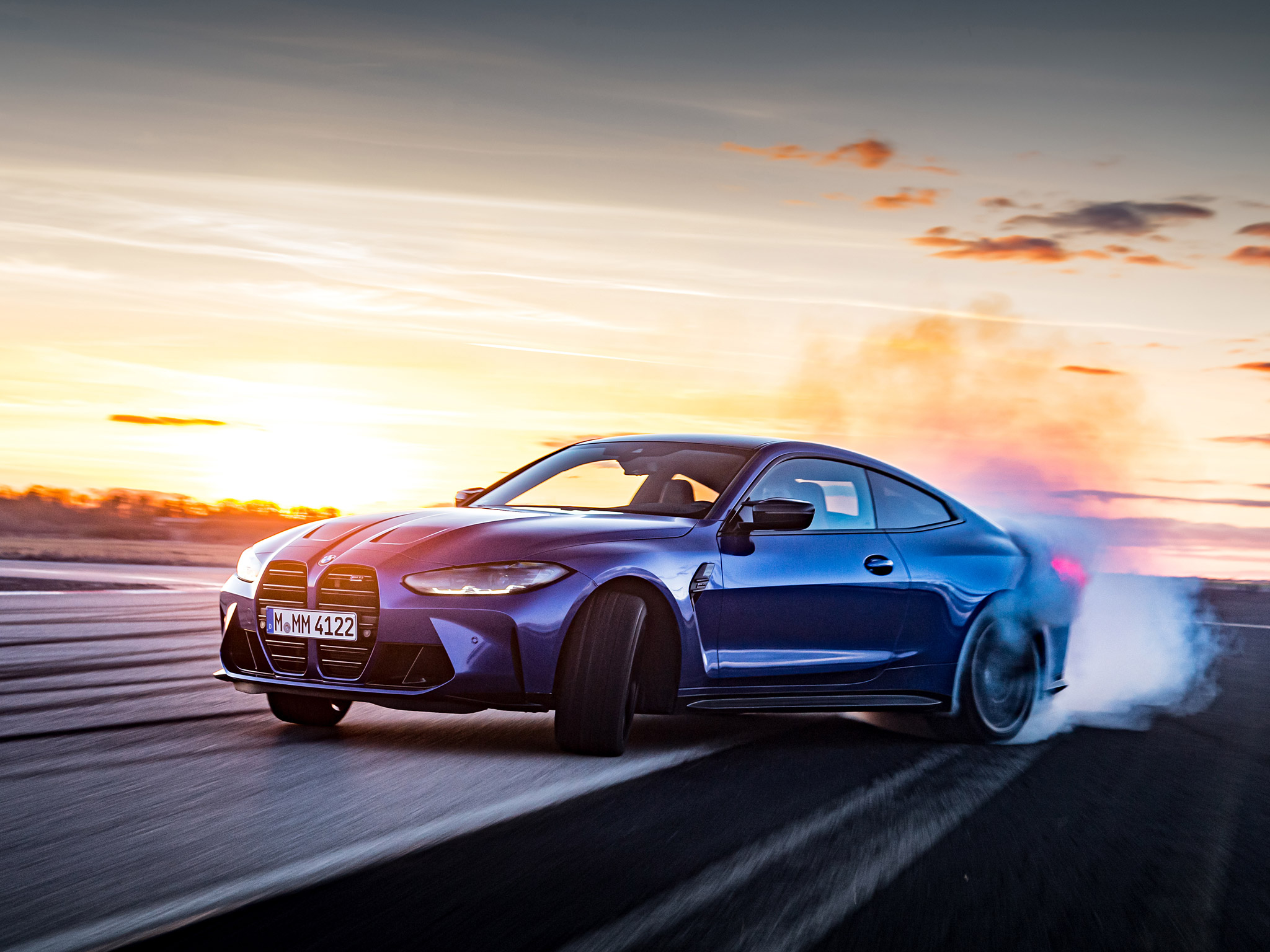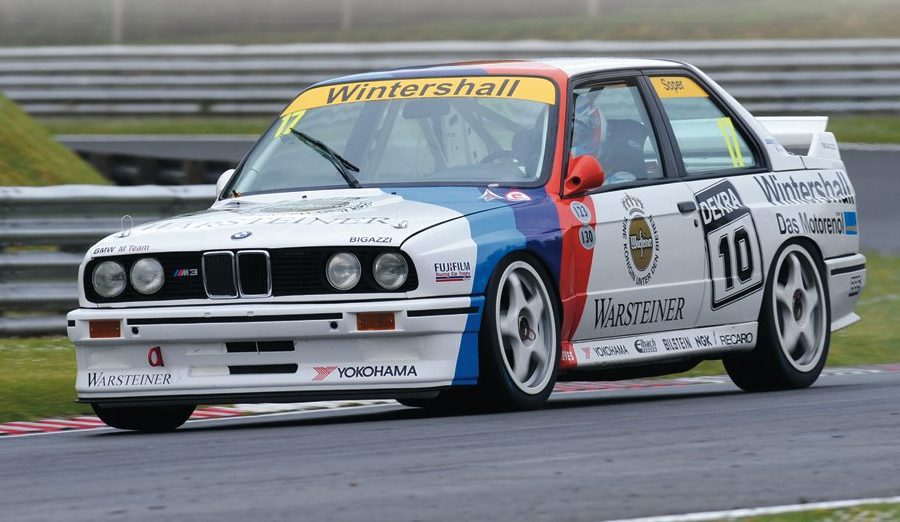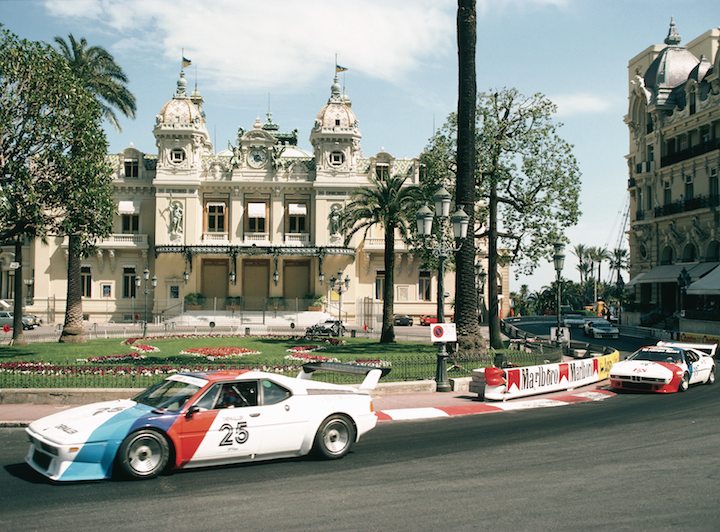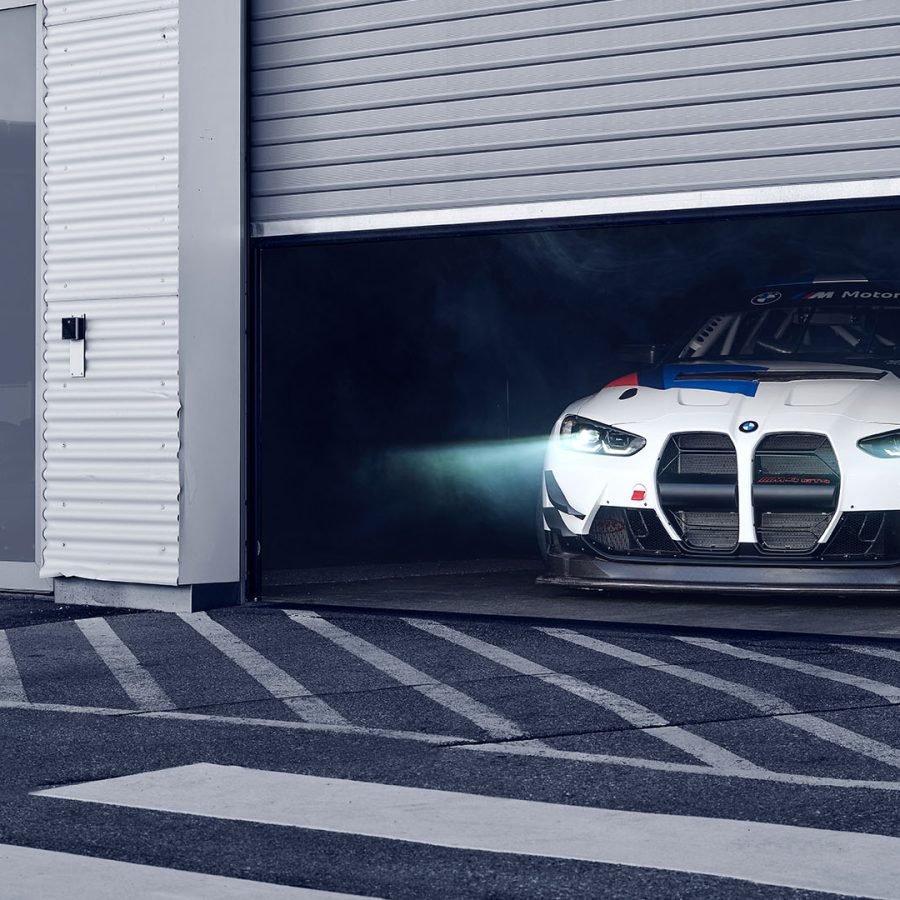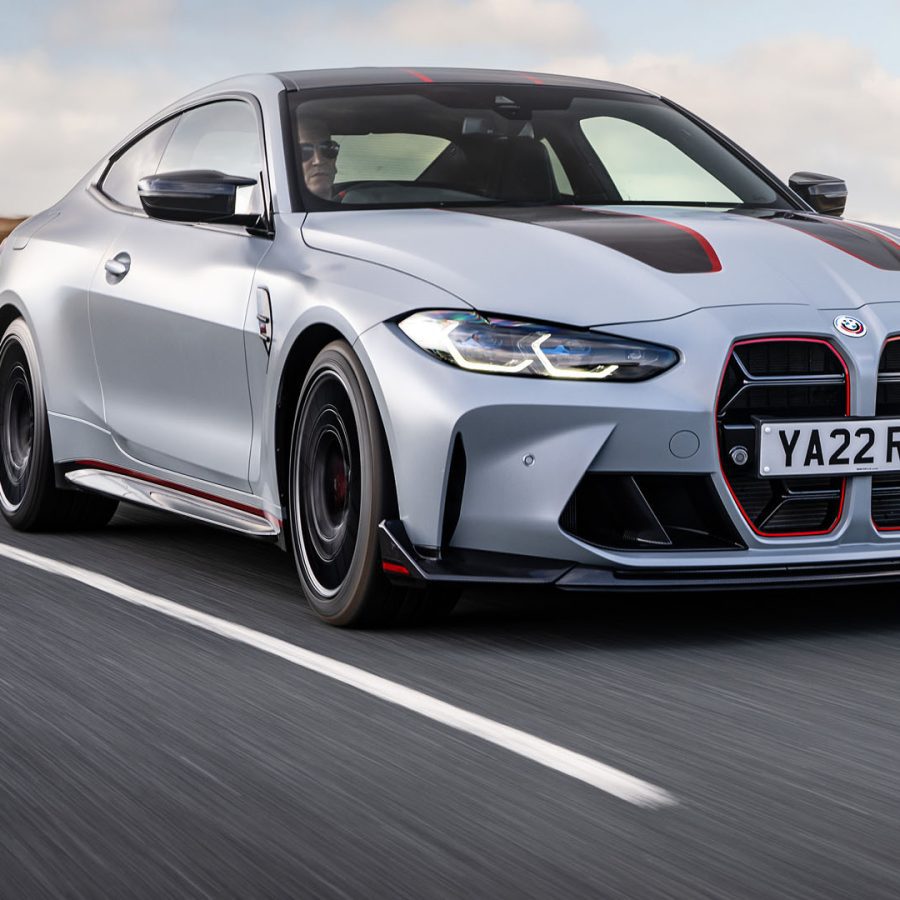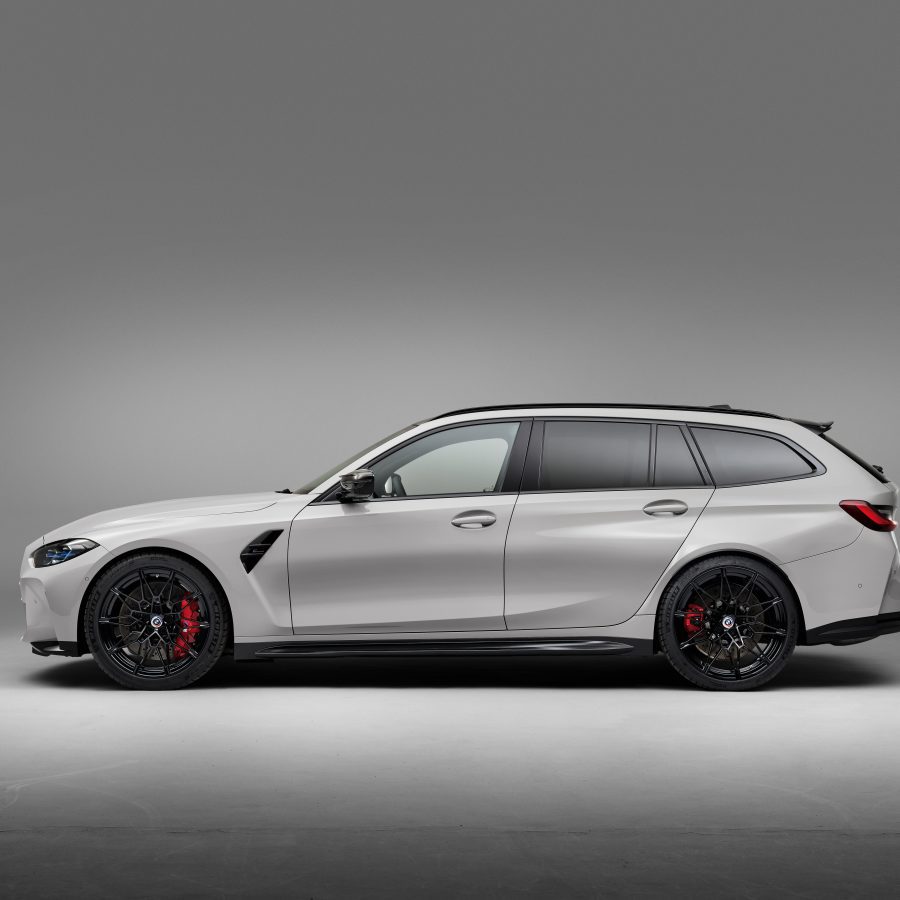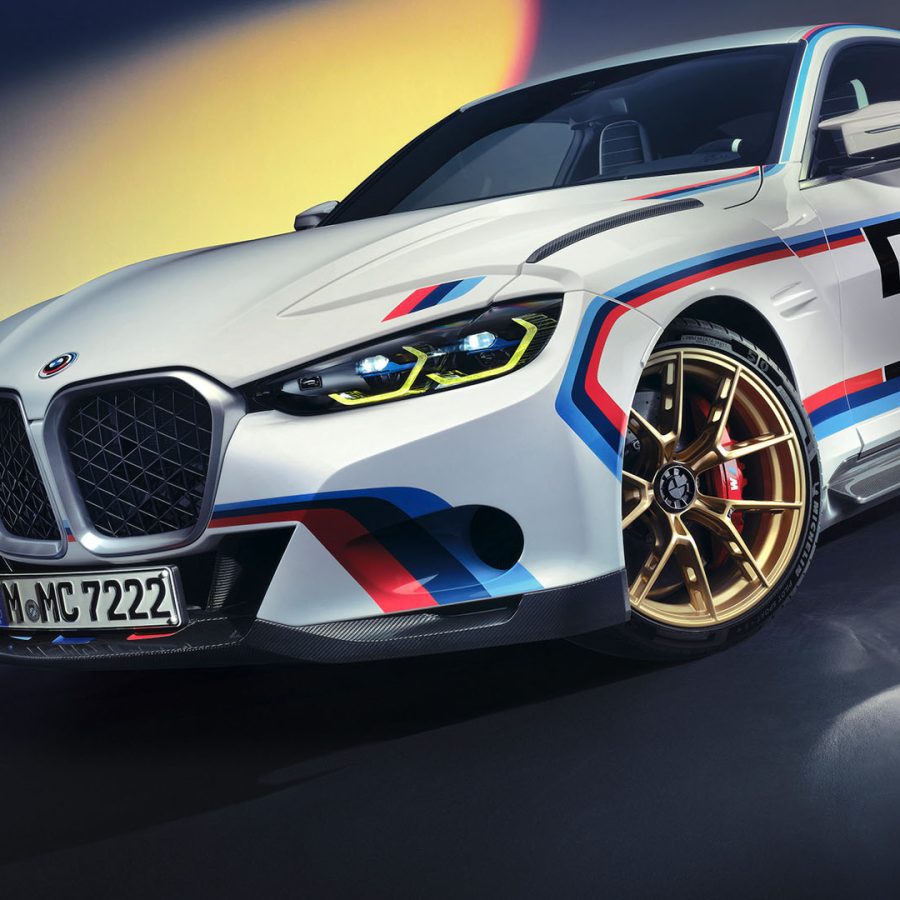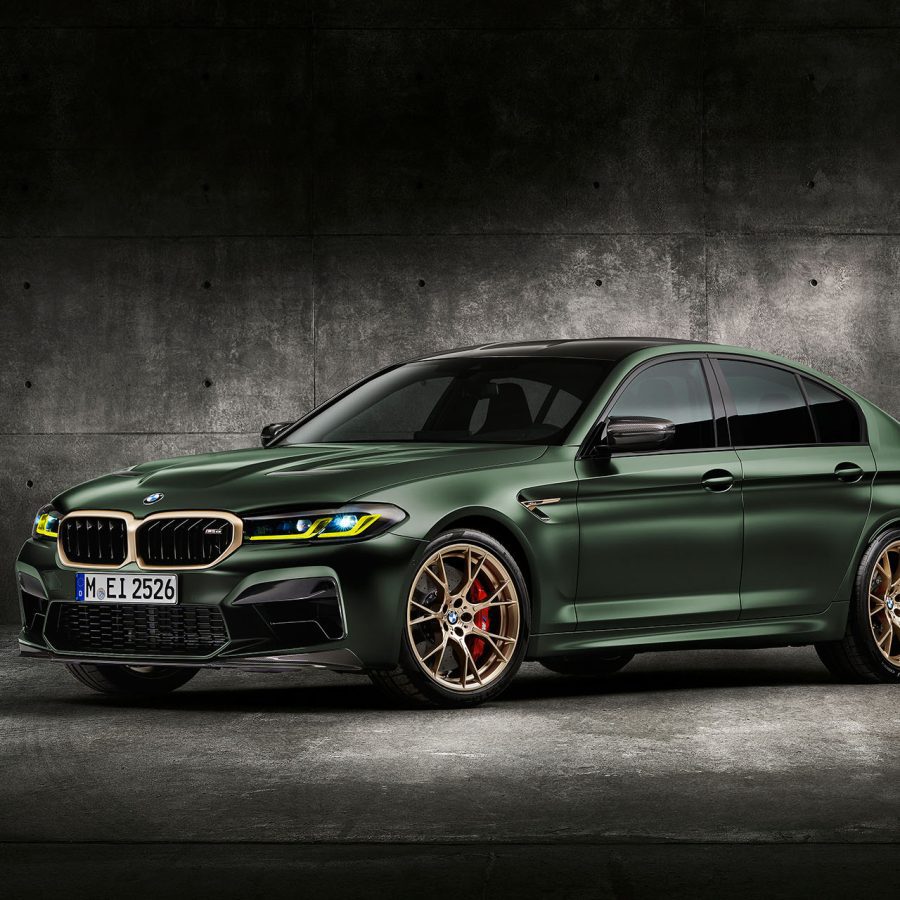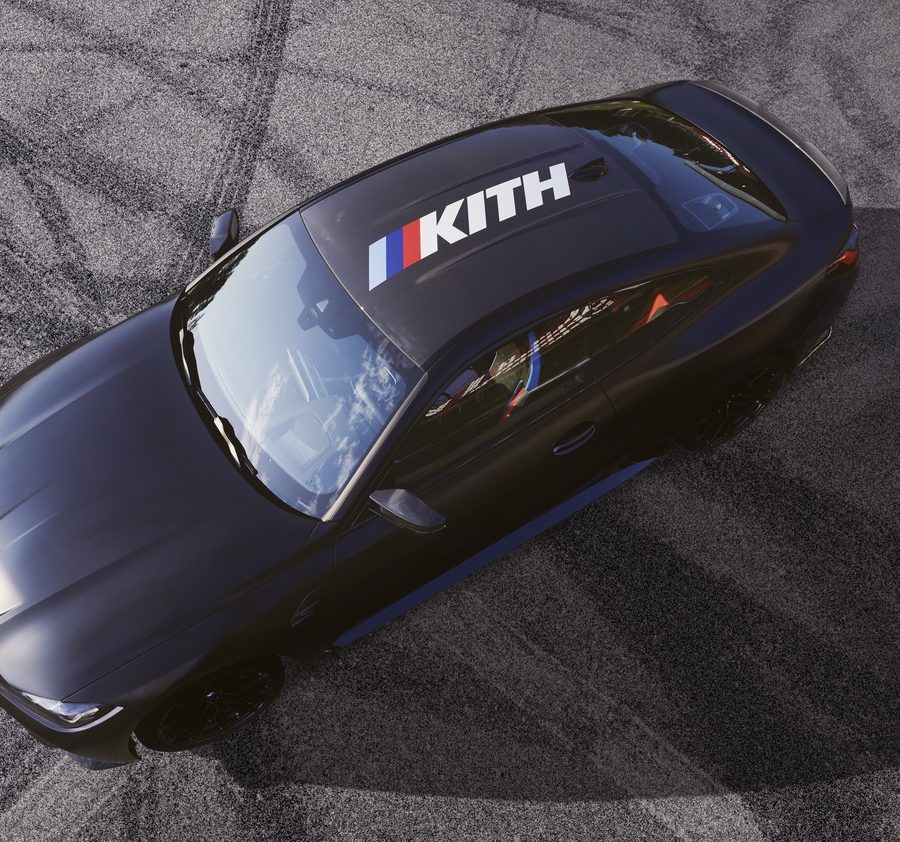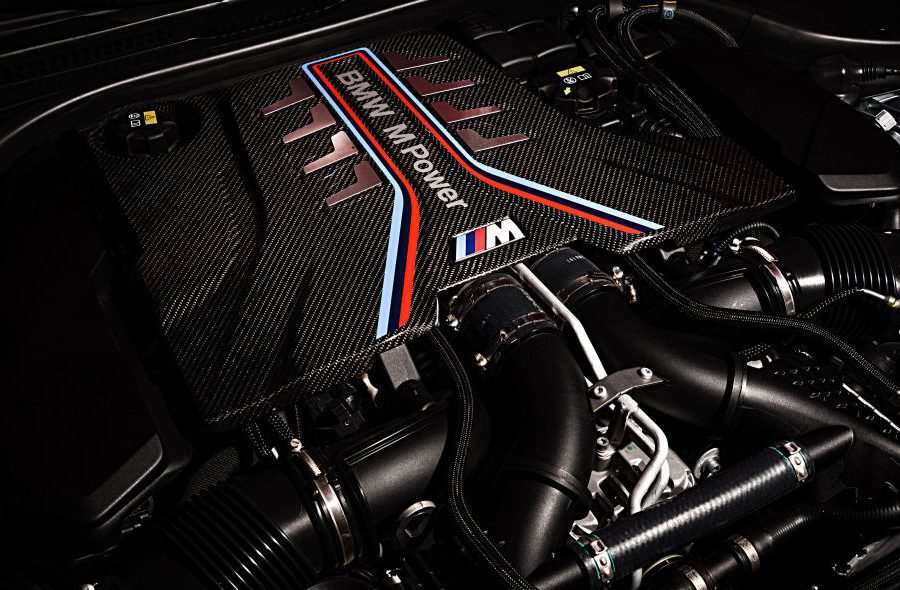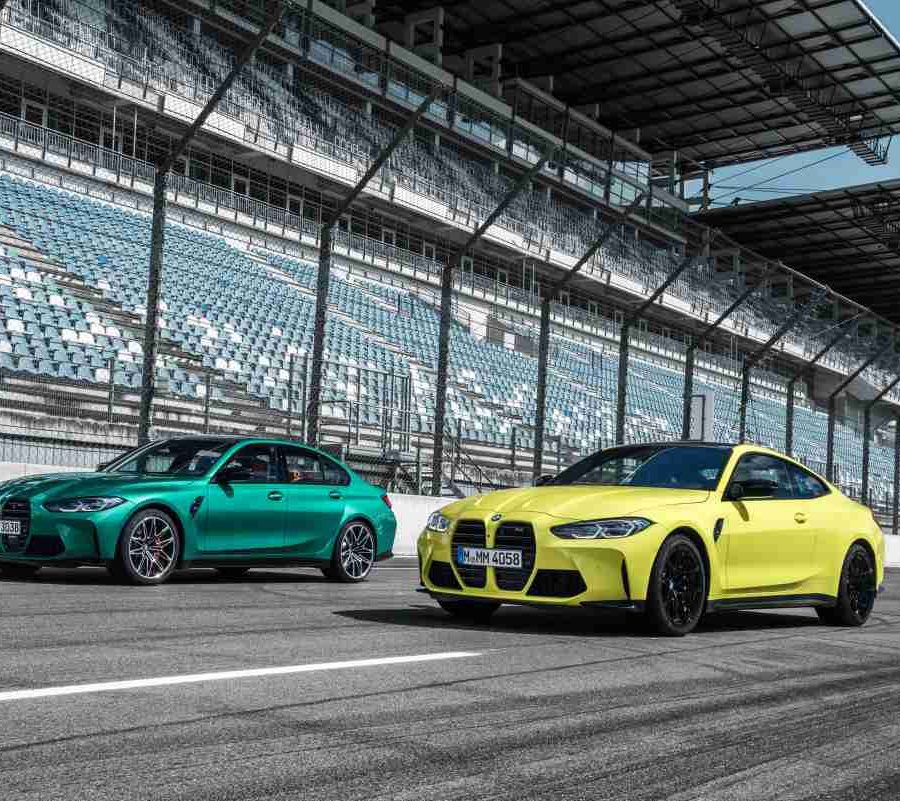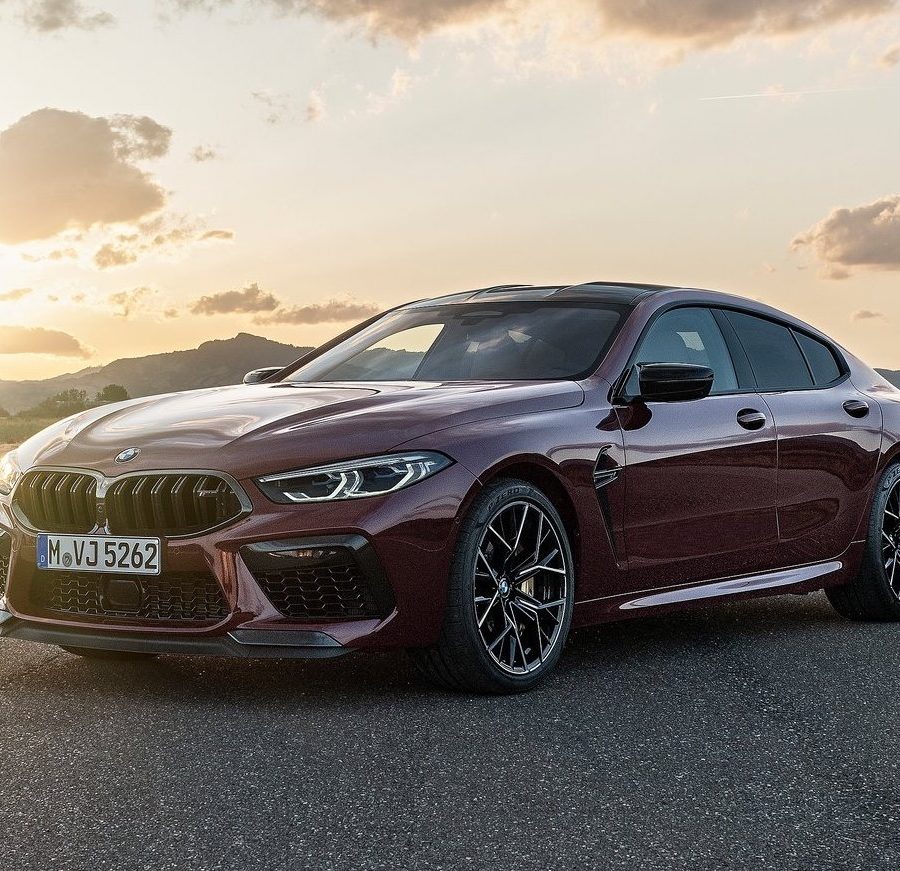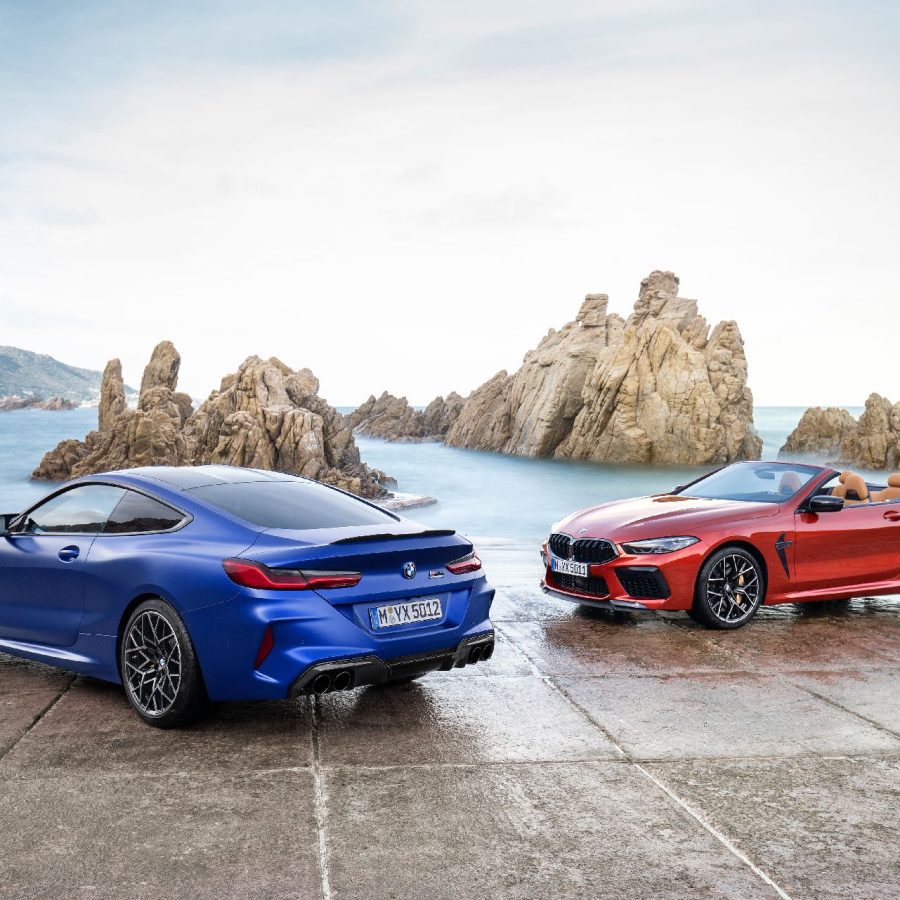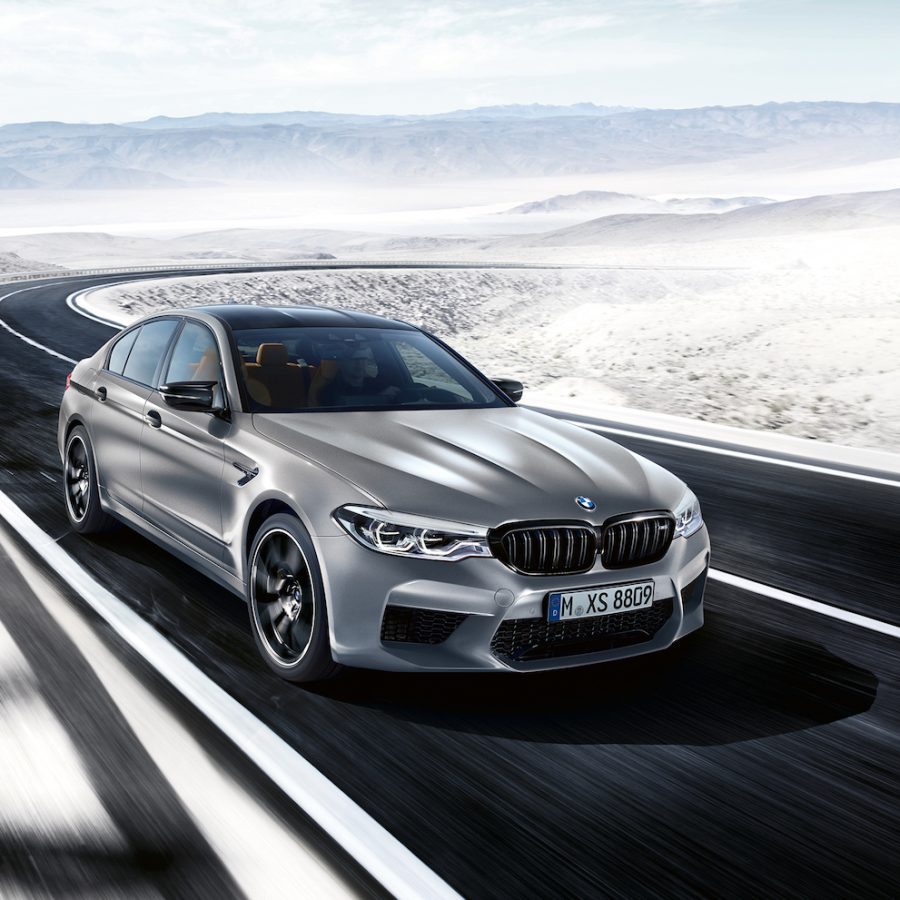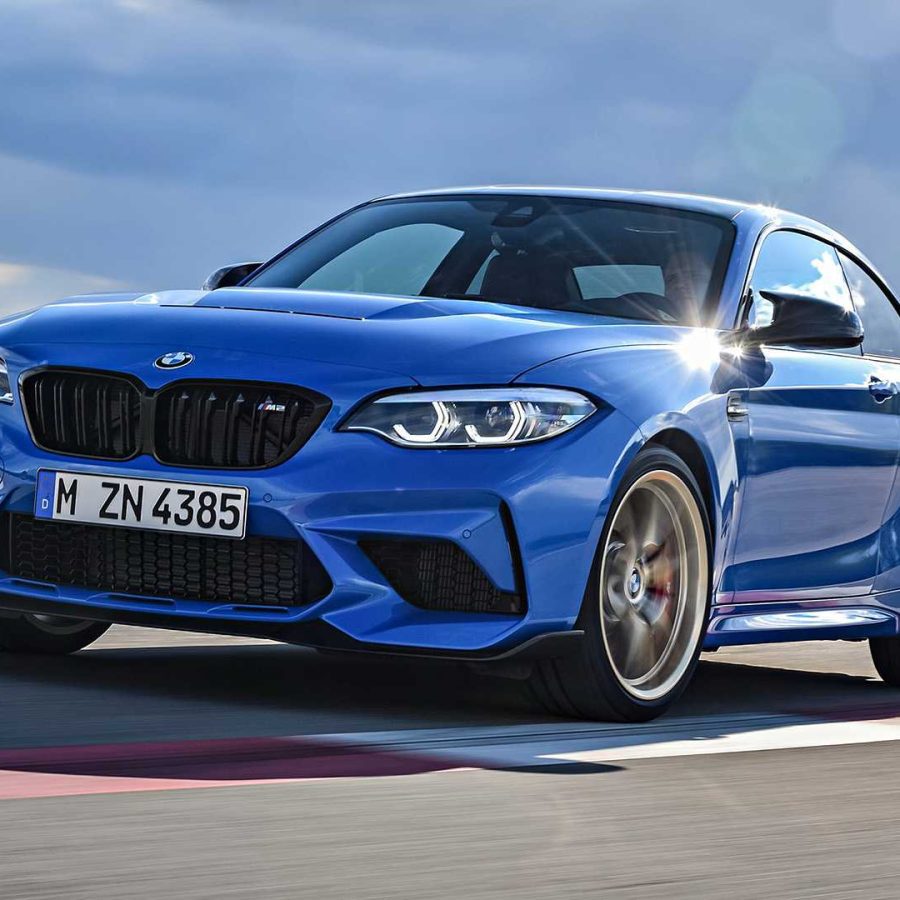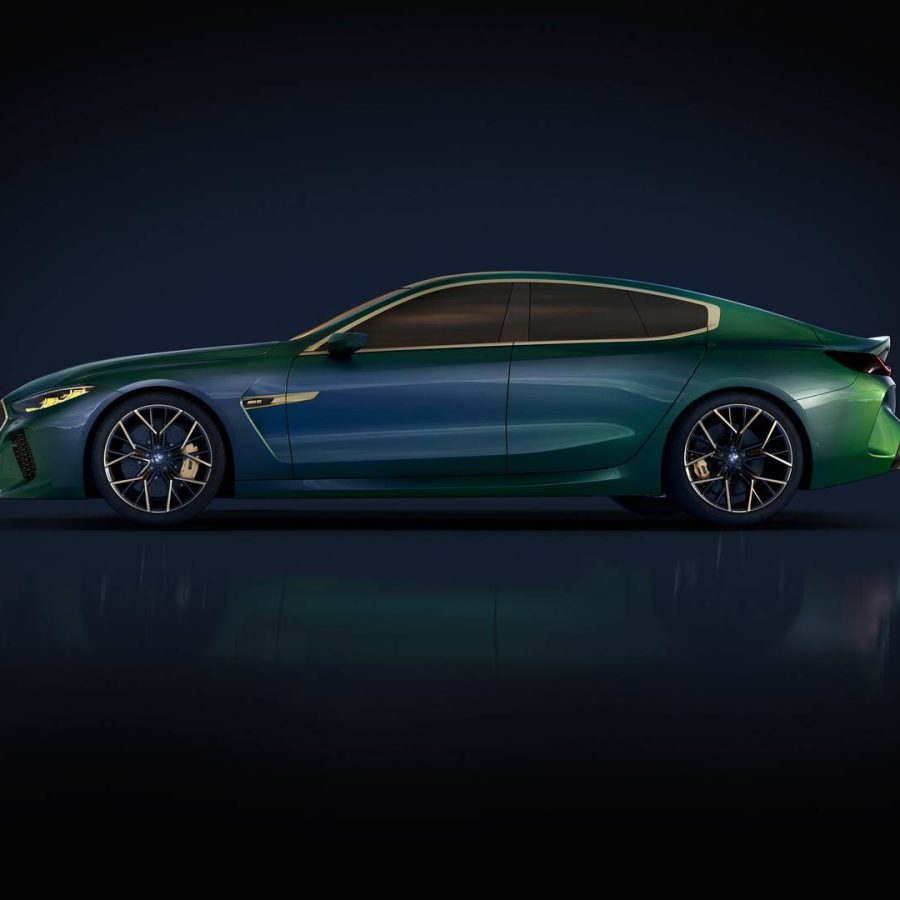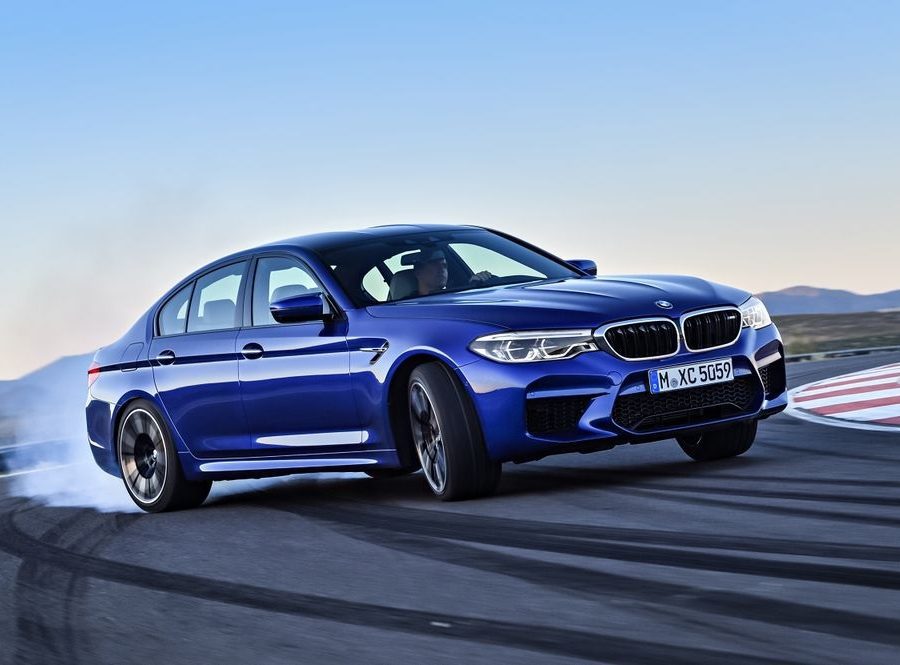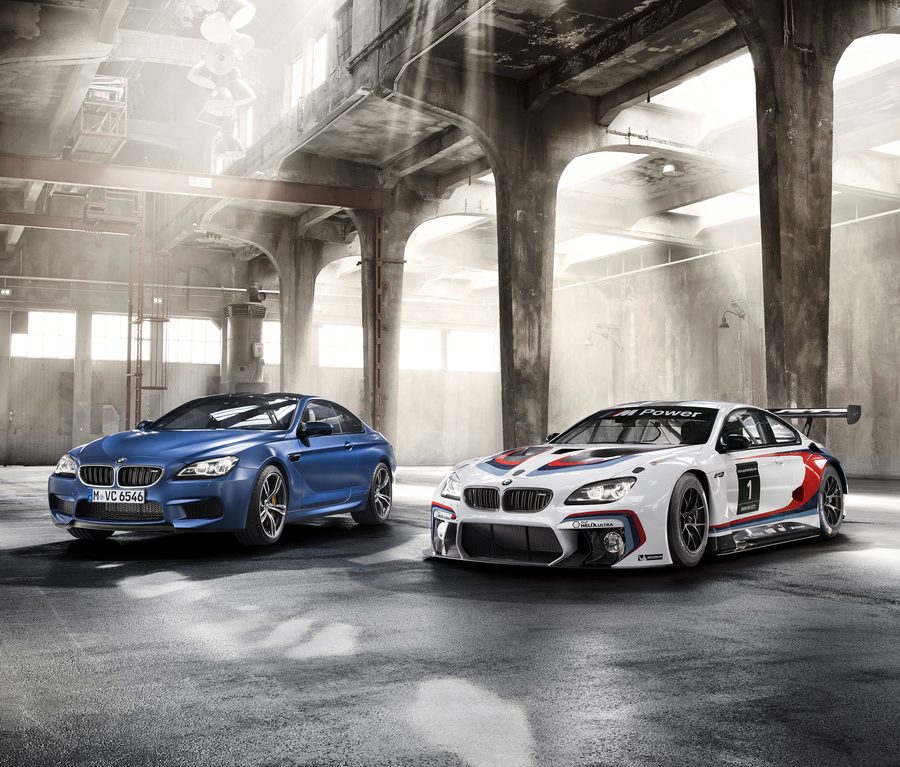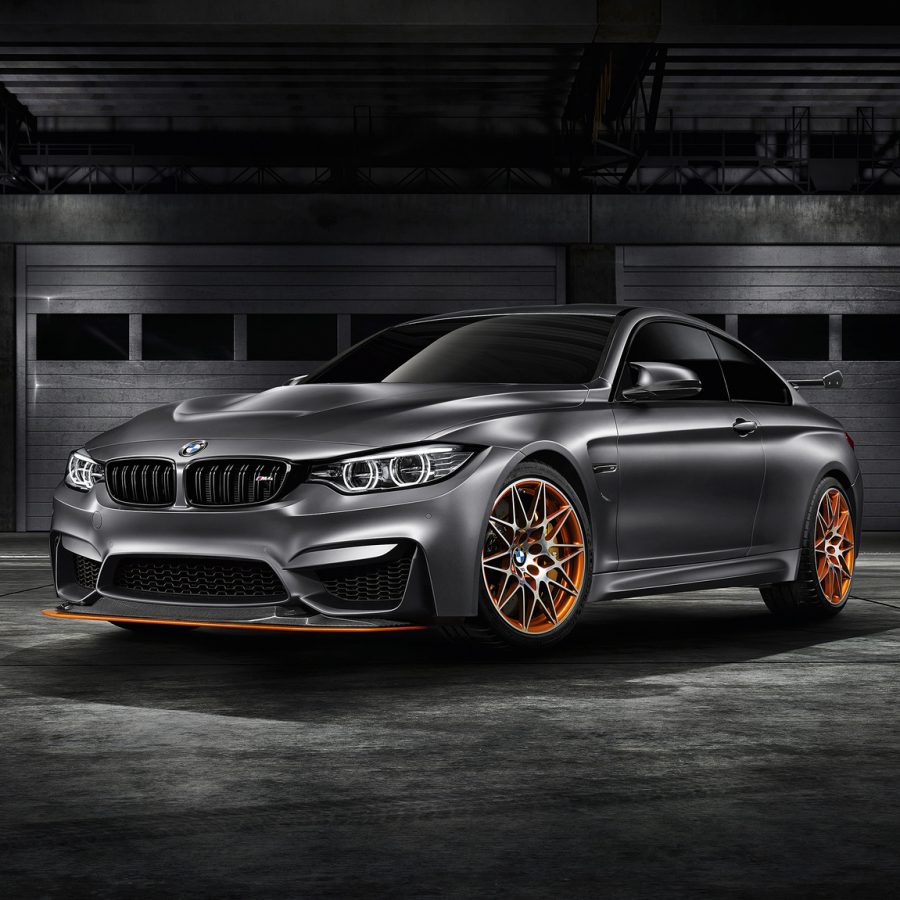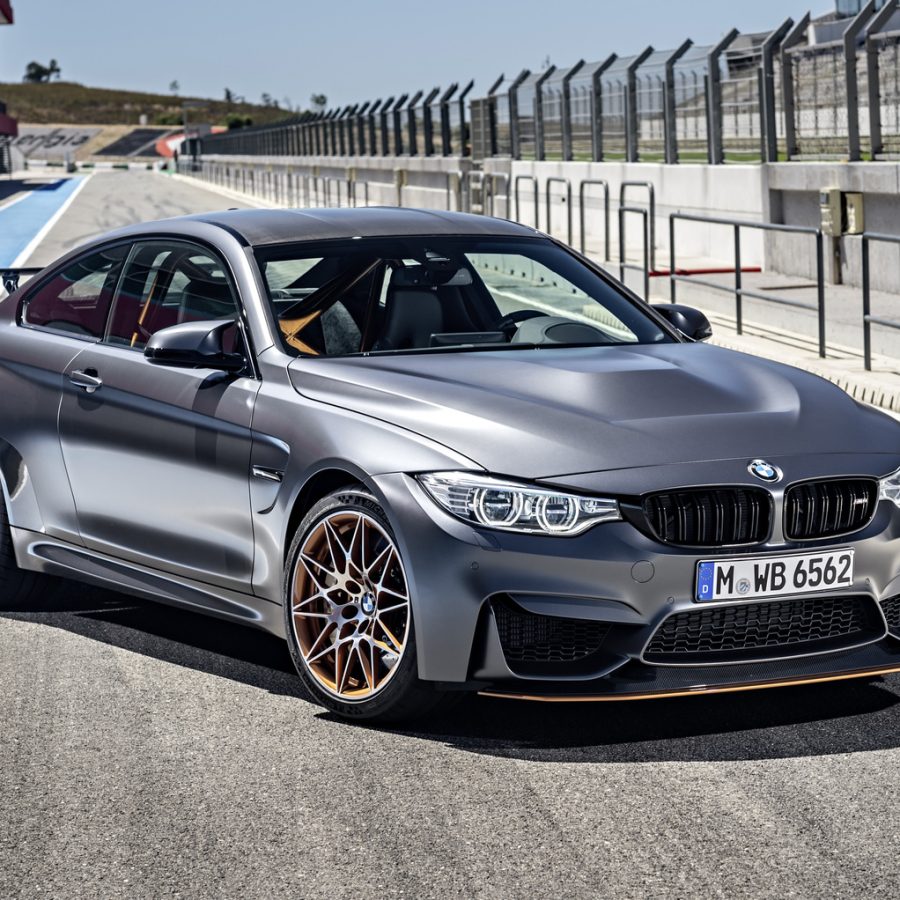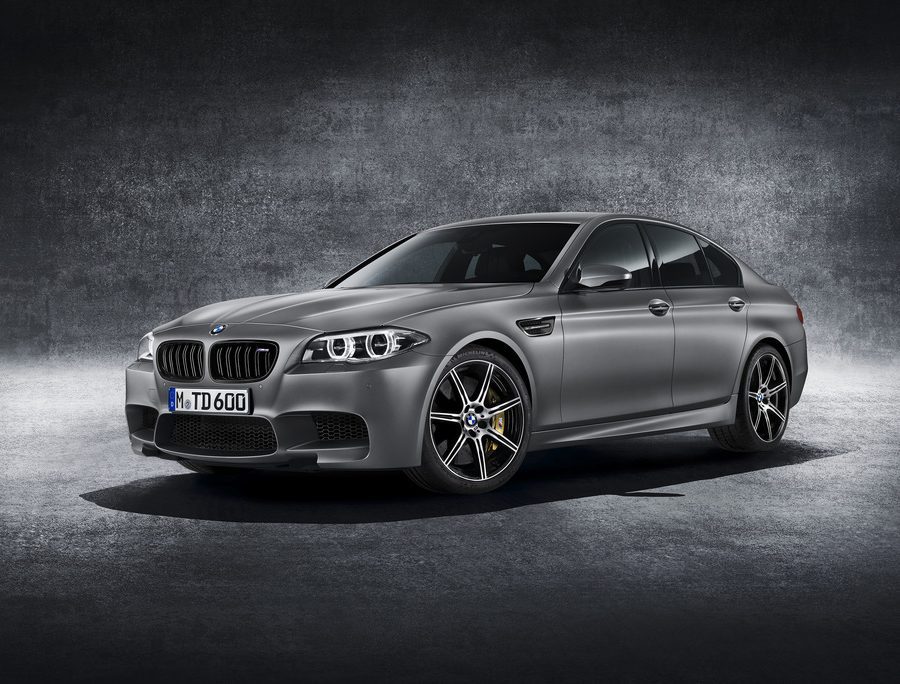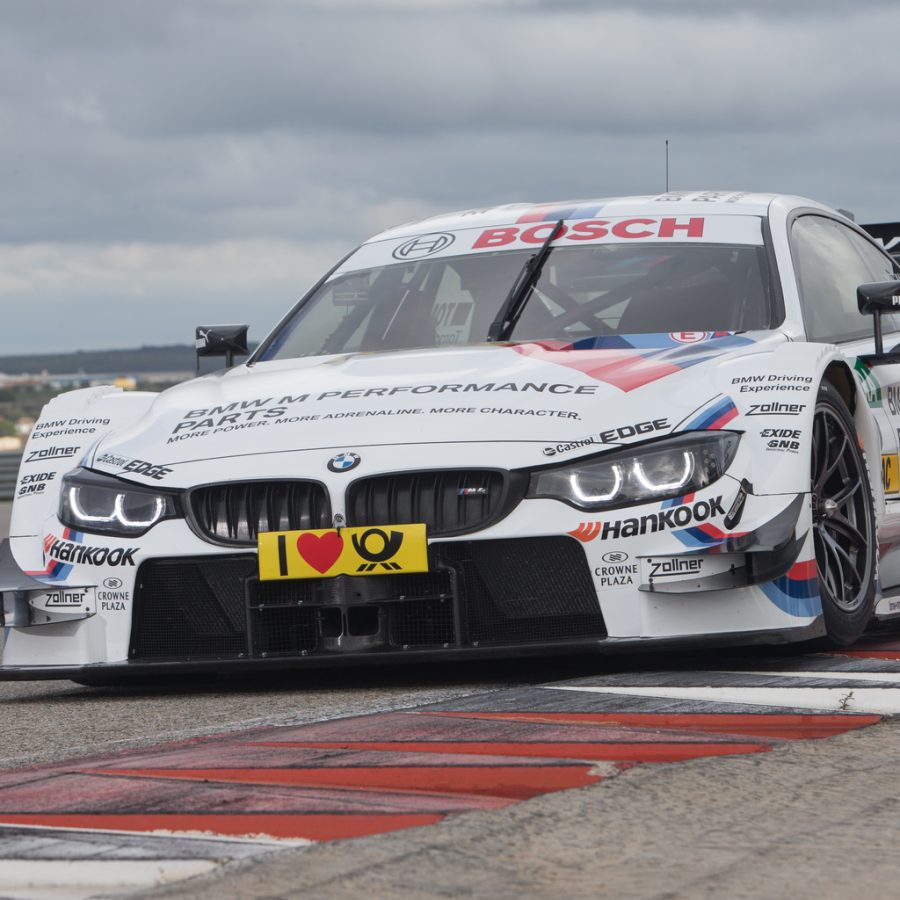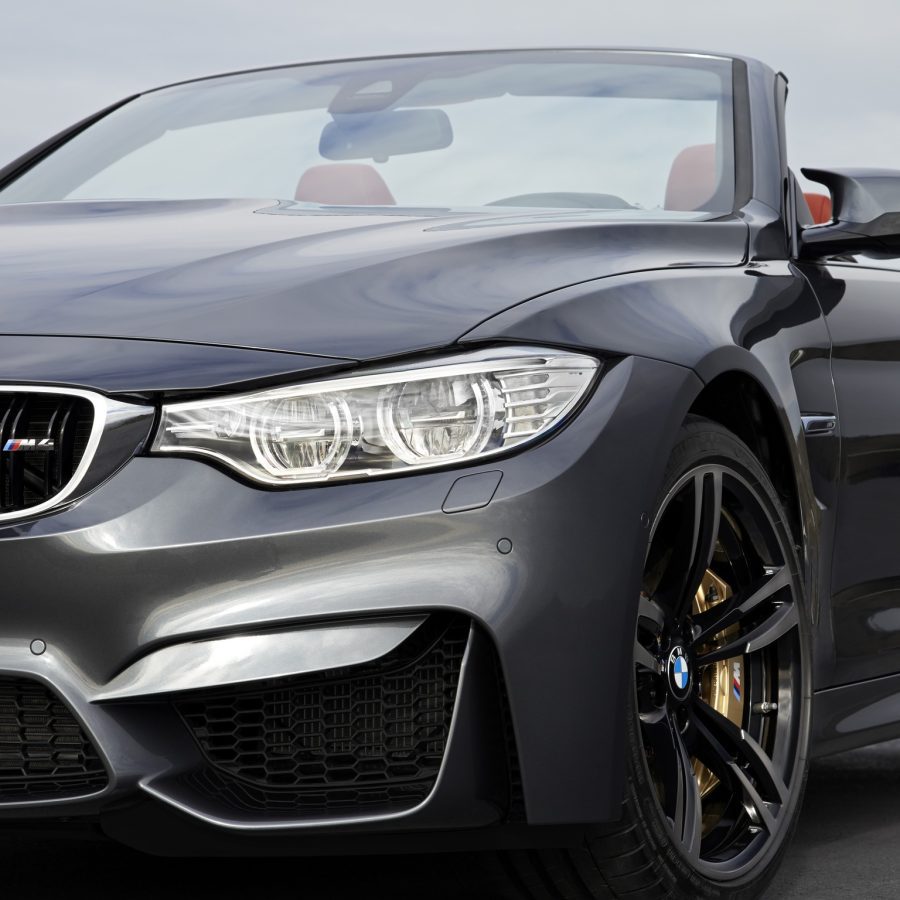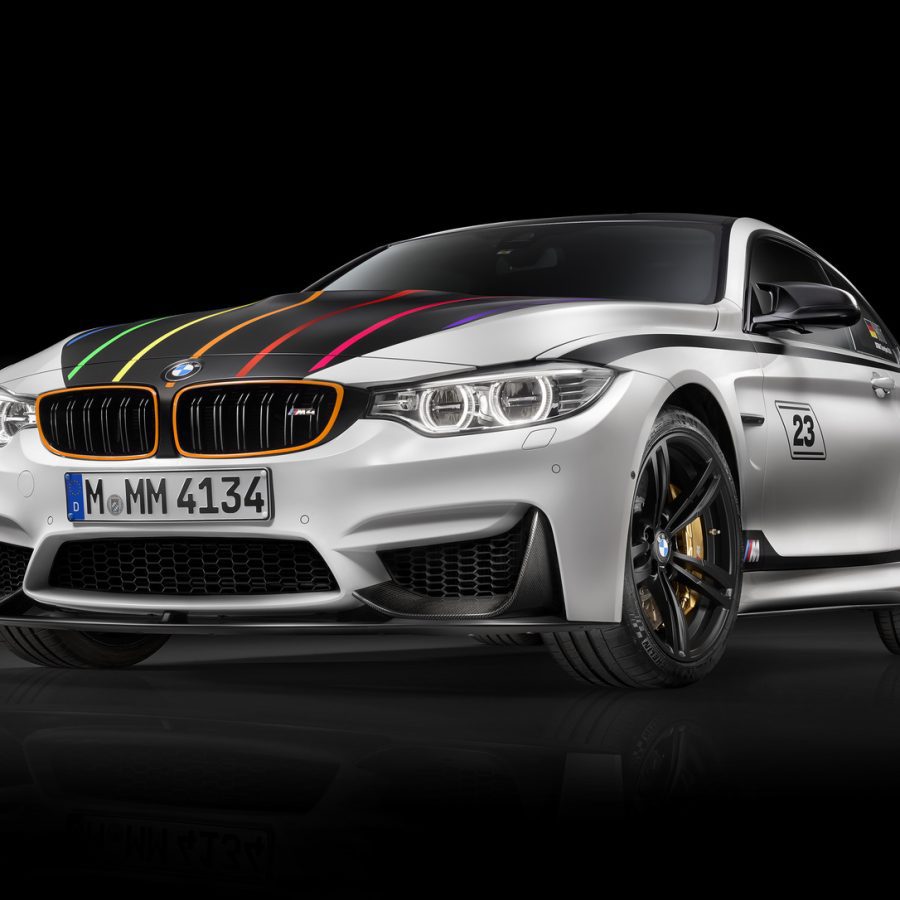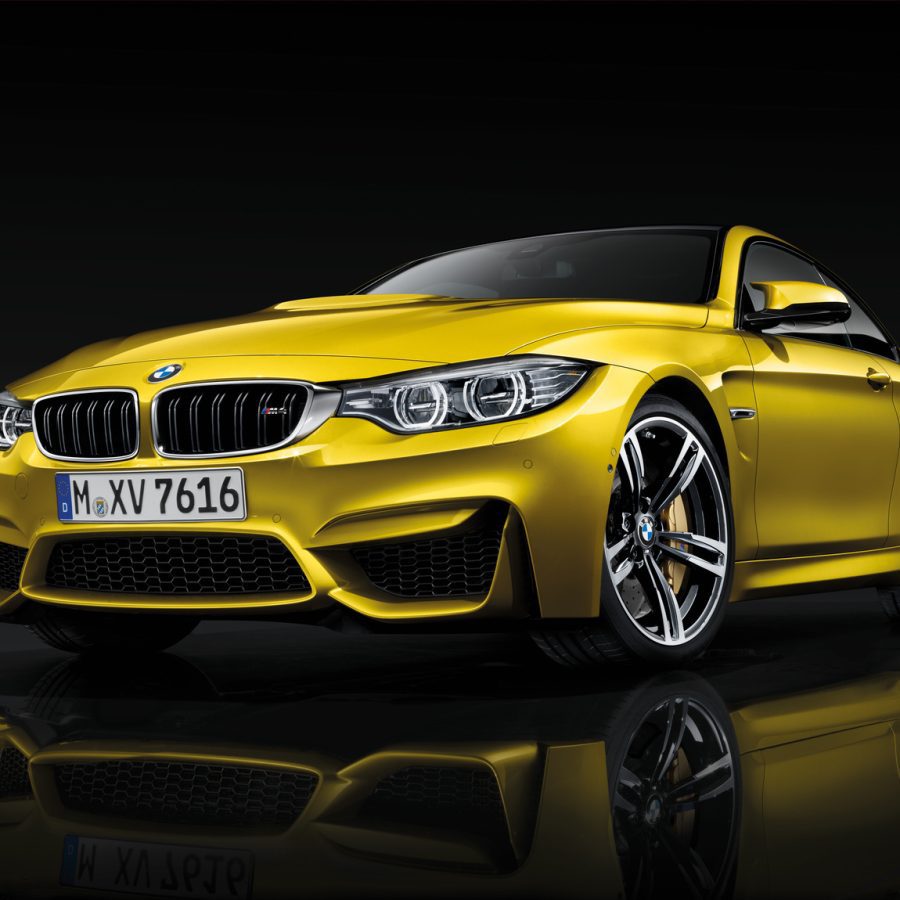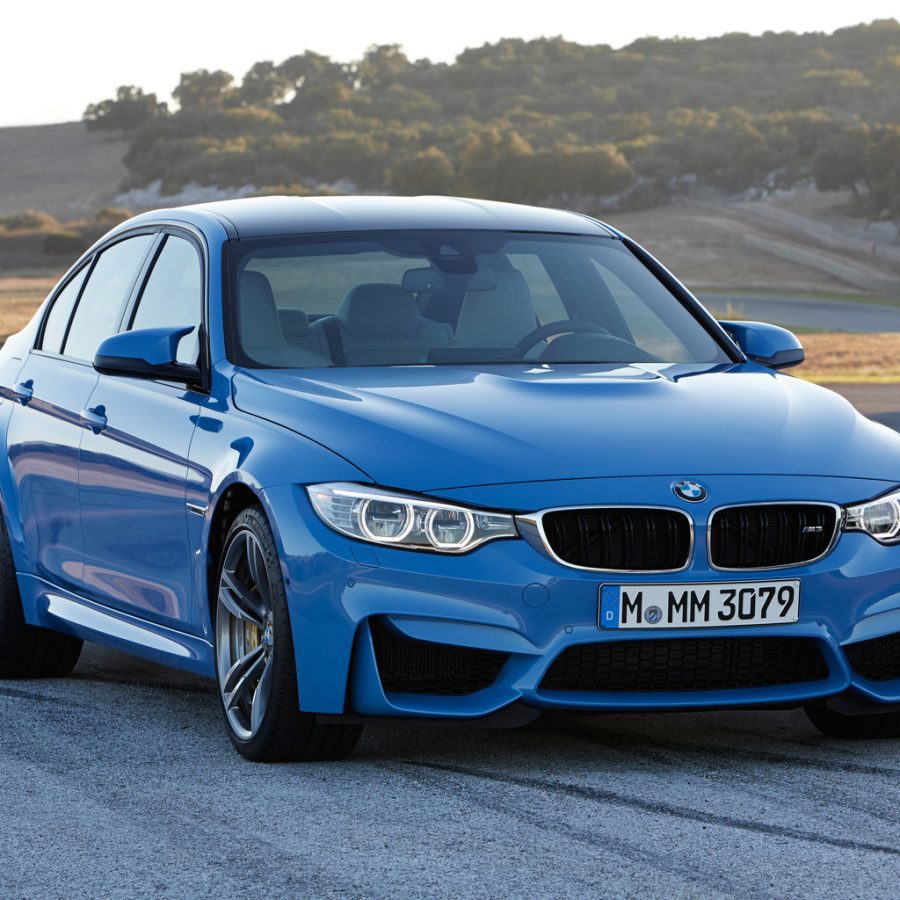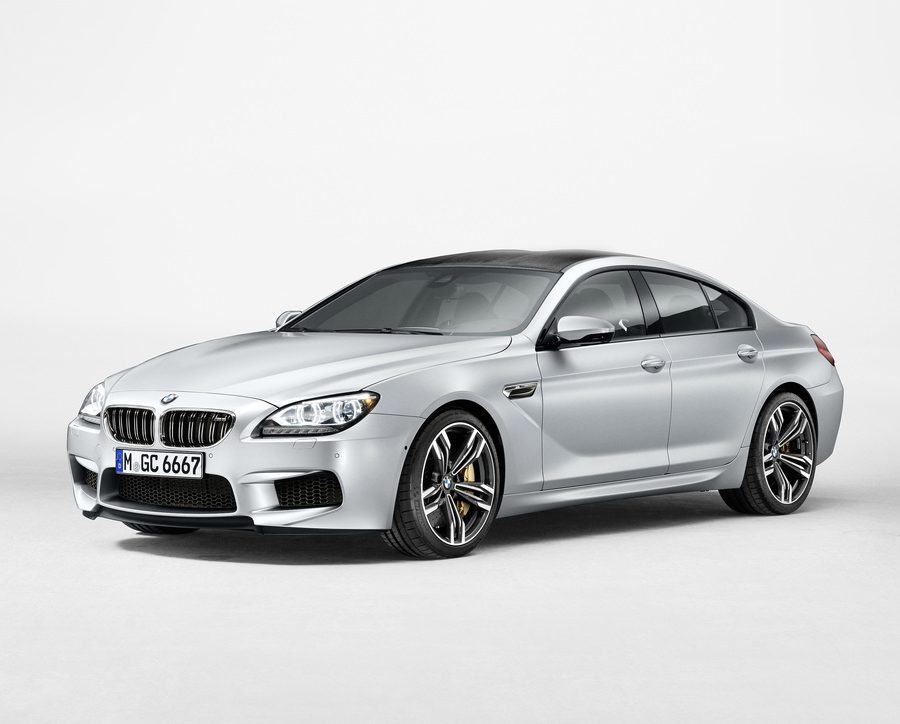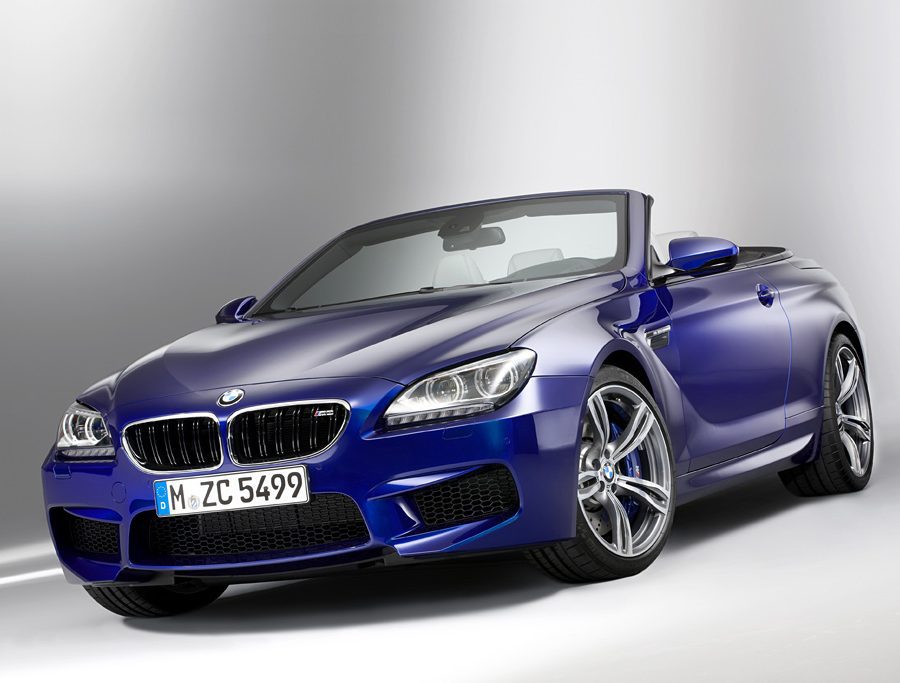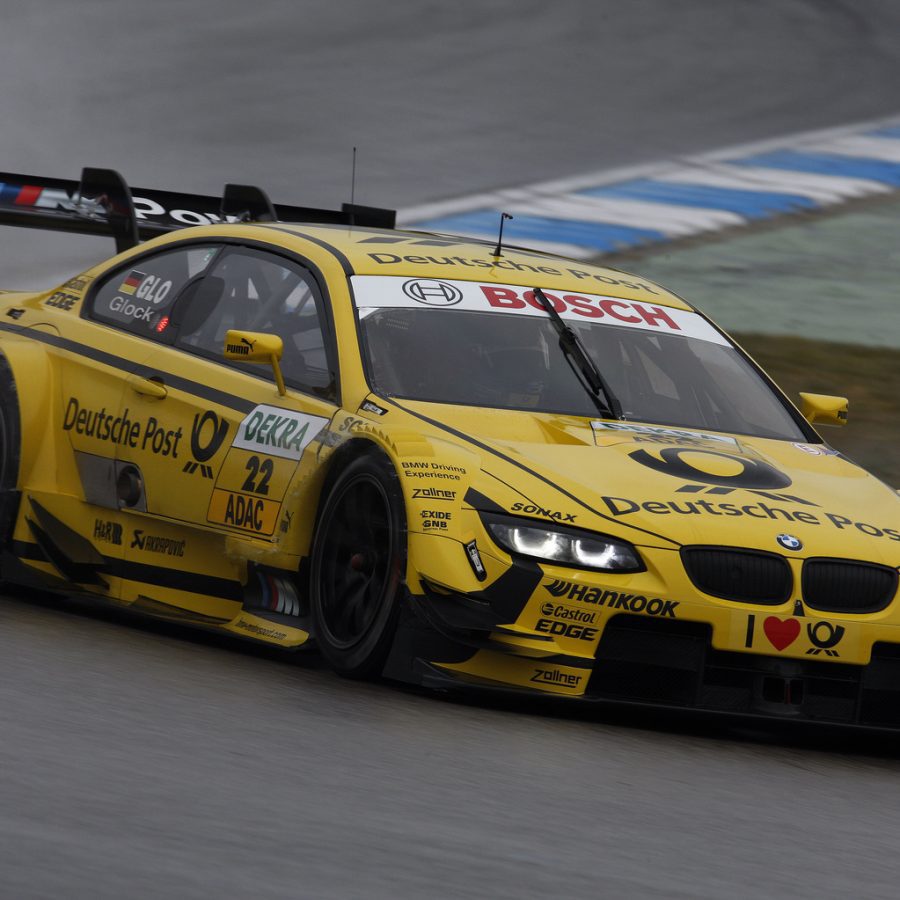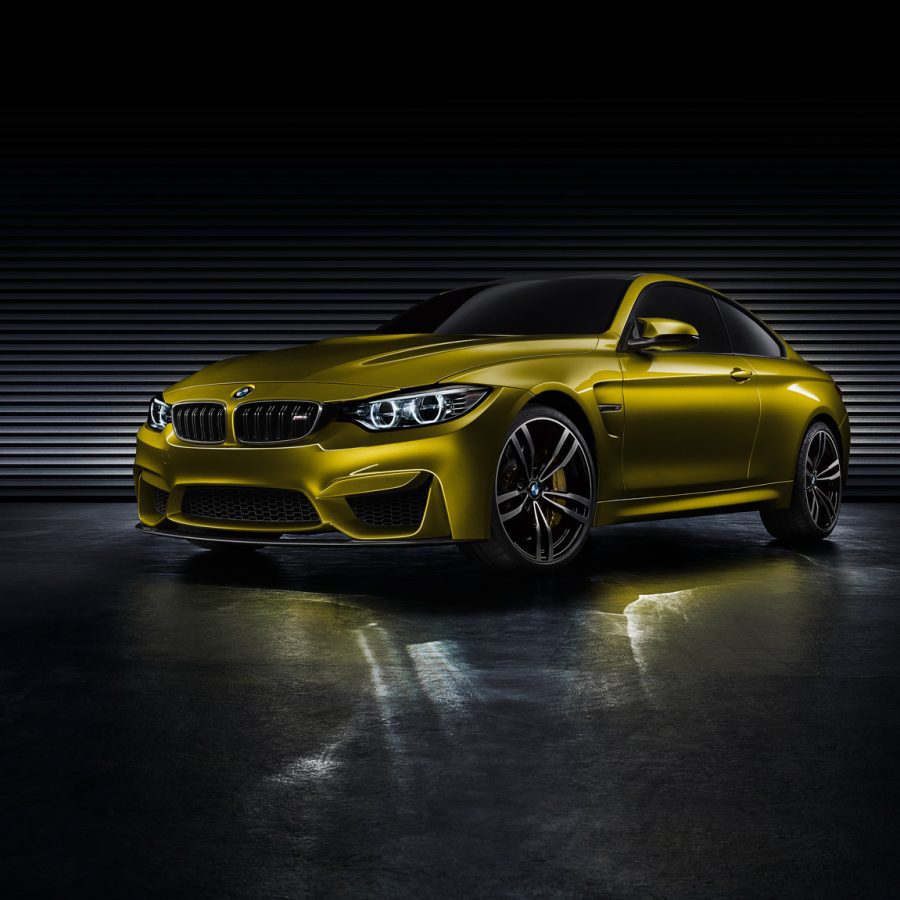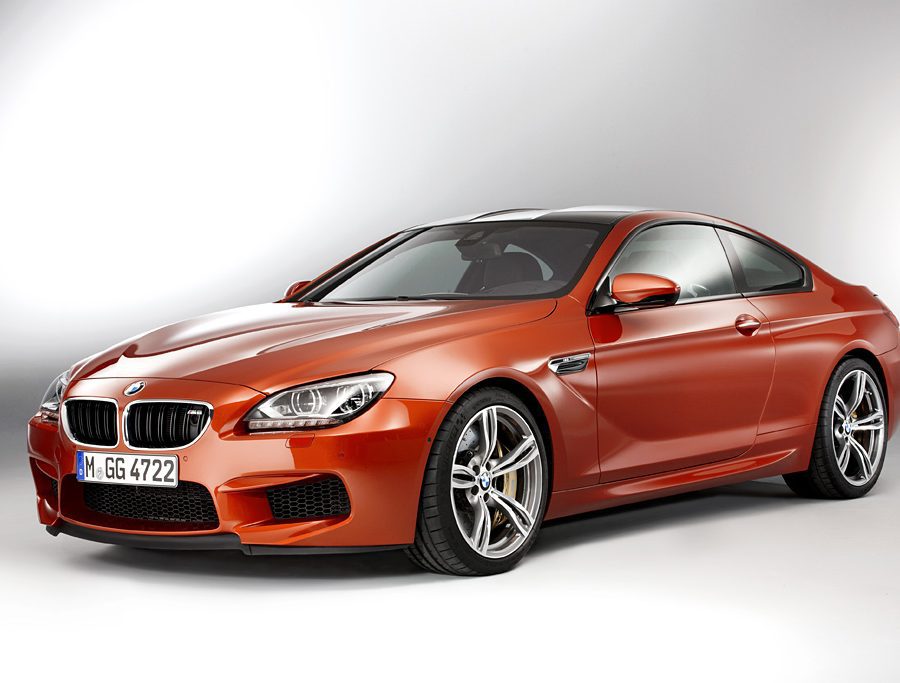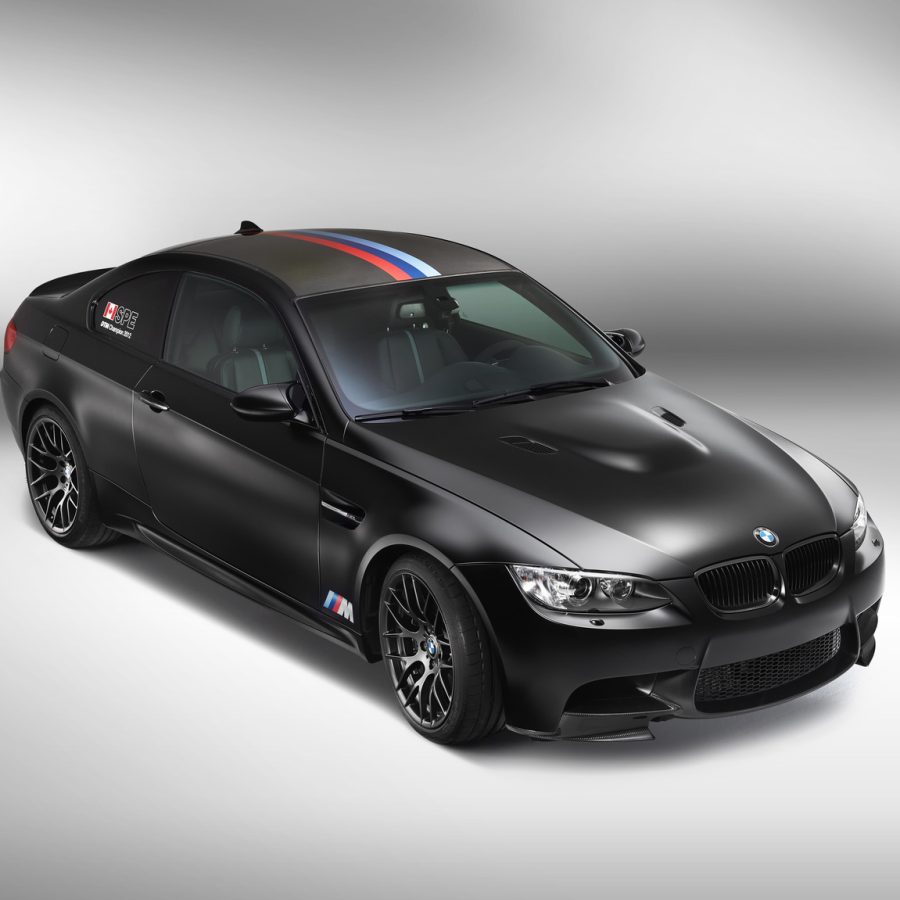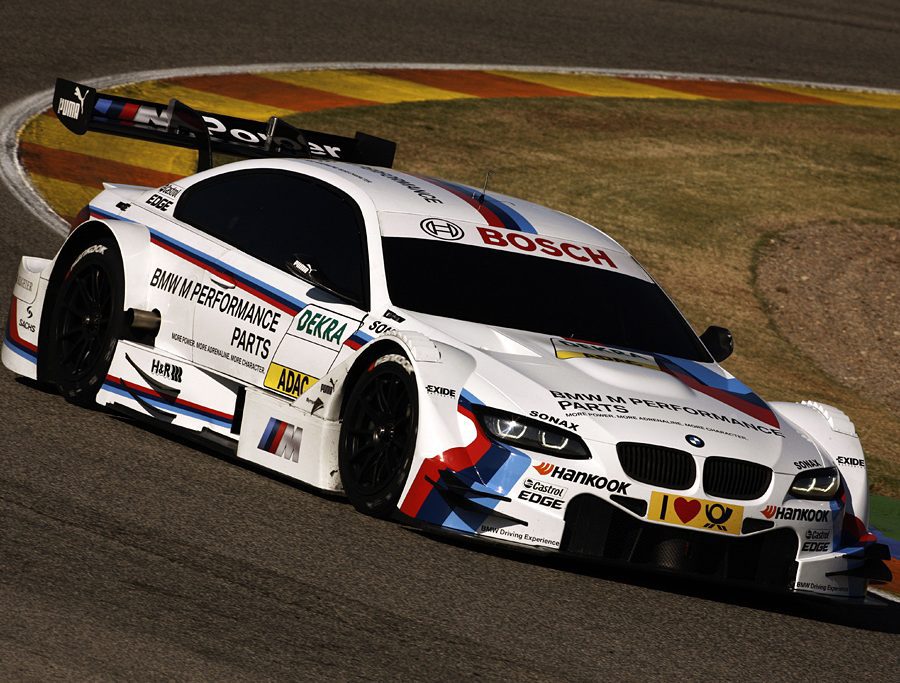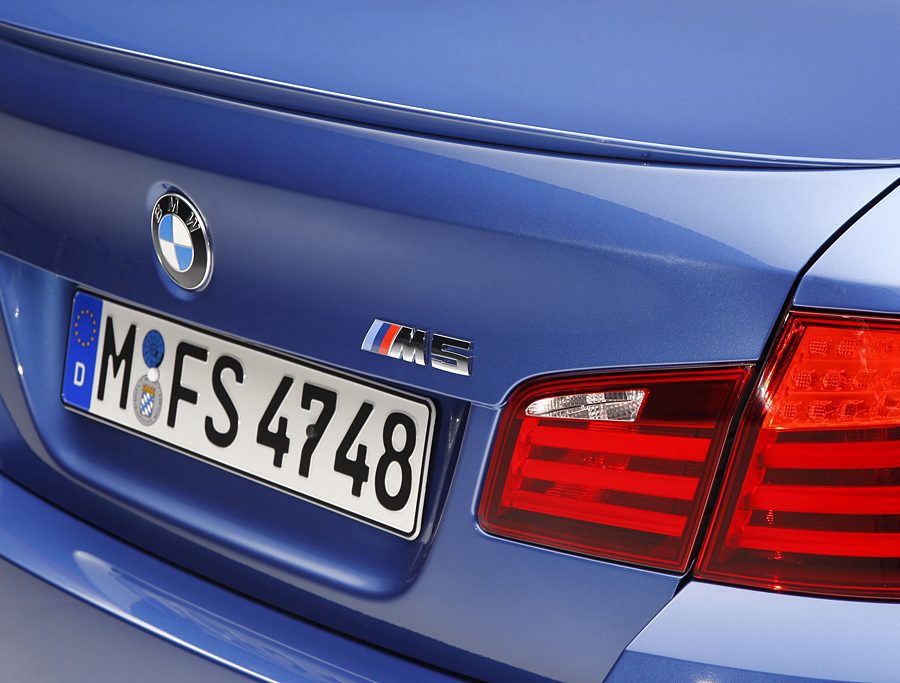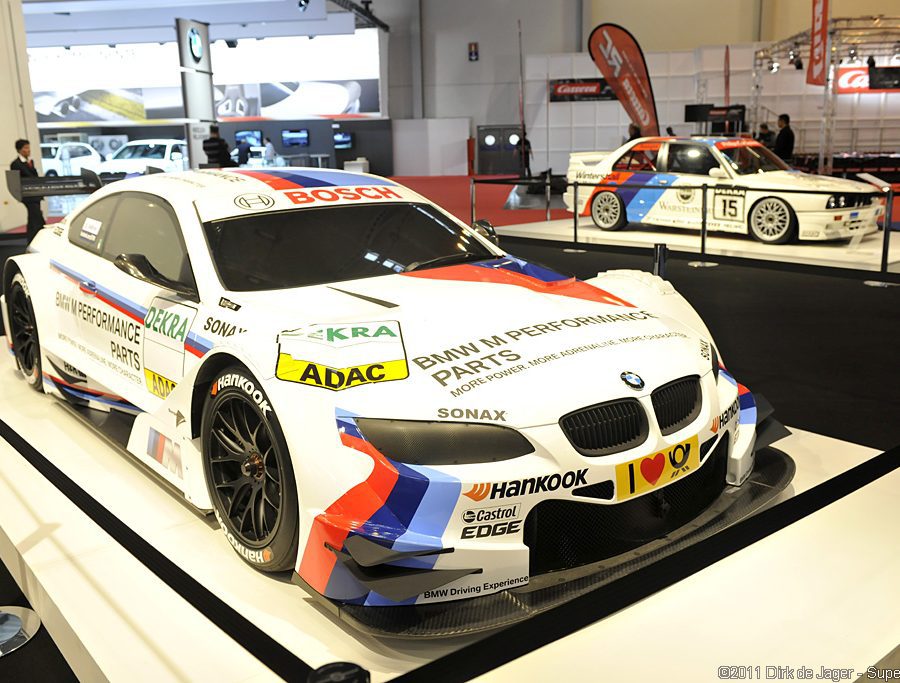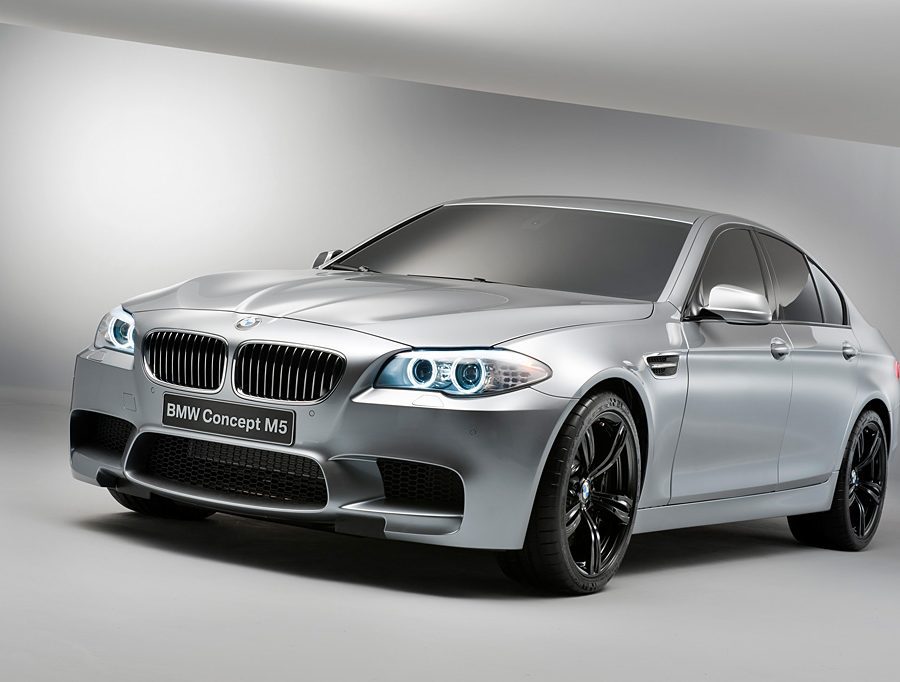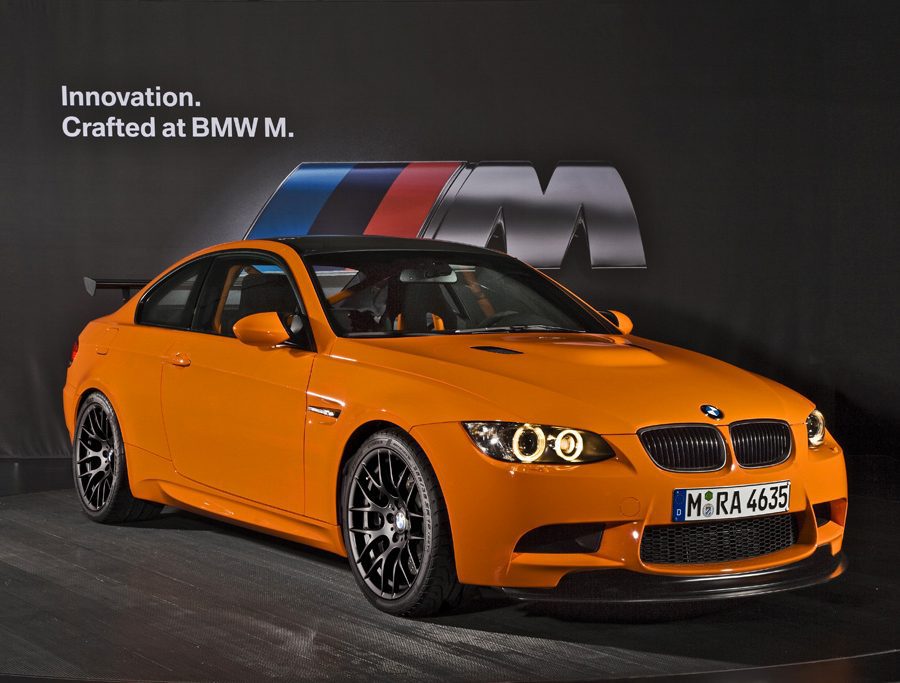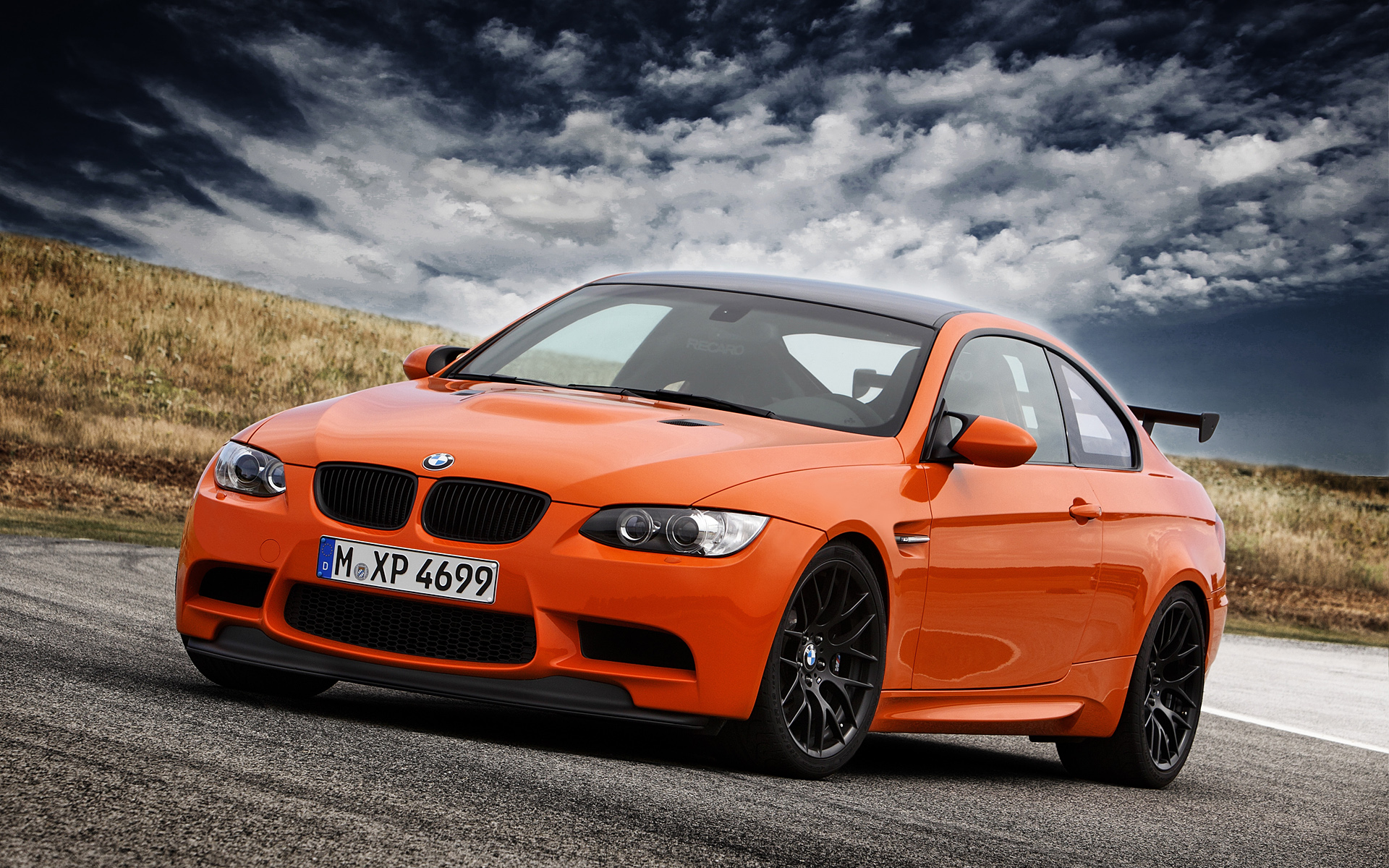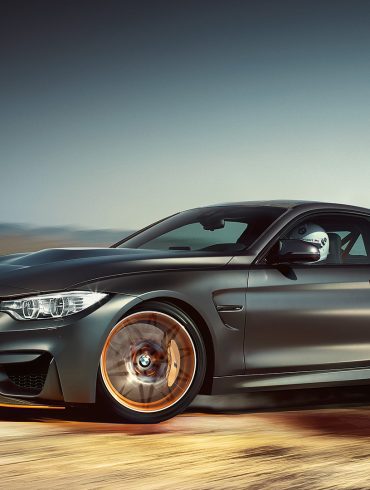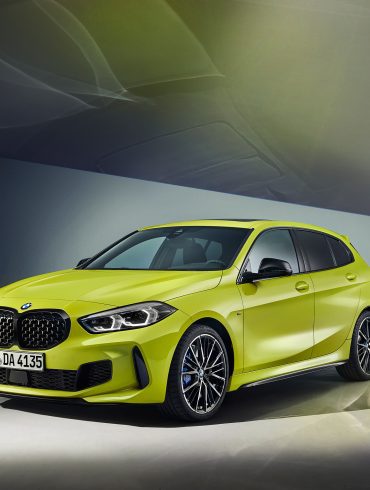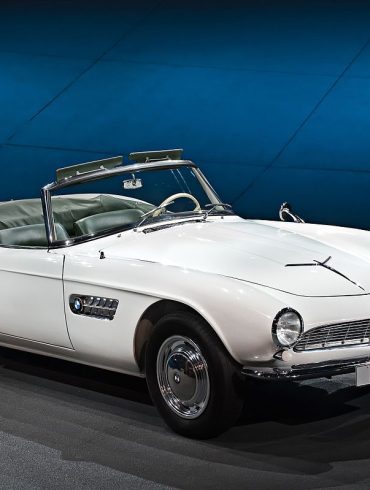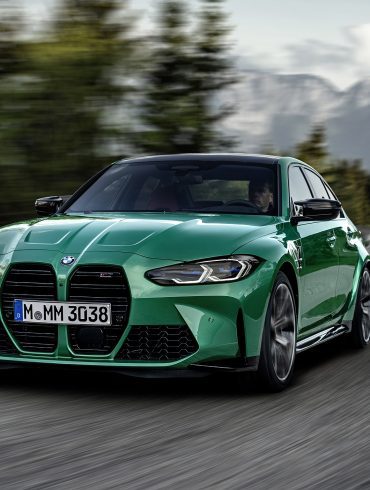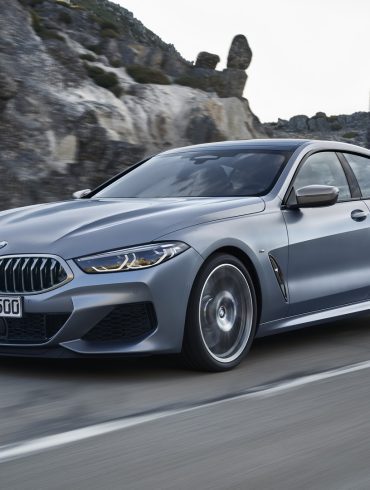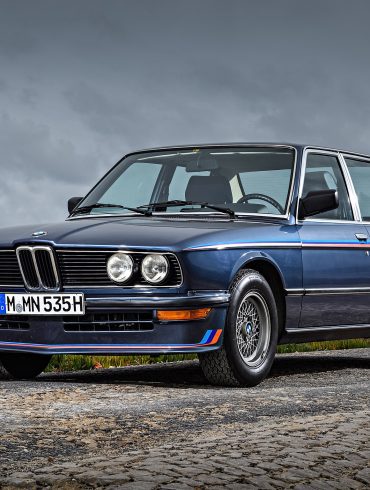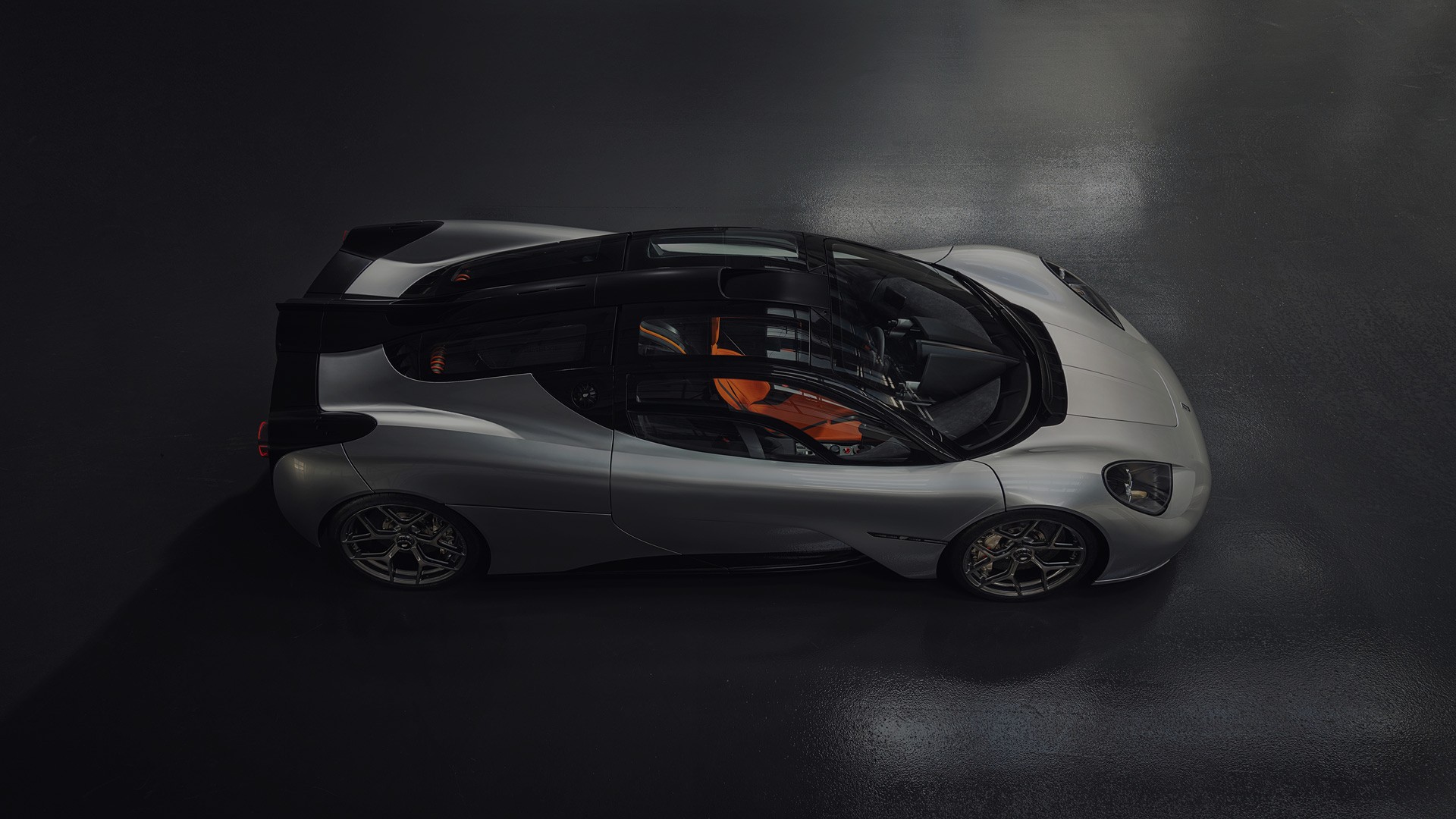Way back in 1973 the actor Orson Wells, chosen for his deep and imposing voice, appeared on commercial television as the then public face of the Danish brewing company Carlsberg. He was the first person to utter to the masses the slogan, “Carlsberg, probably the best lager in the world.”...
BMW M Cars
The M division was started by BMW in the Spring of 1972. This specialist tuning arm of BMW started out with just a handful of enthusiastic employees who happened to know a thing or two about getting the most out of a BMW. First they focused on BMW’s racing program and then they focused on road cars as well, the goal being to combine BMW motorsport DNA and create production cars with unrivaled performance, fine dynamics and pure driving dynamics, all while still keeping alive the traditional BMW comfort and luxury pieces too.
Full Model List / Models In-Depth / Image Gallery / Best BMW M Cars
Every BMW M Car
The very first BMW road car to be blessed with the now iconic BMW M badge was he BMW M1. Essentially a homologation special, the production M1 was sold so BMW Motorsport could send it racing. Launched in 1978, the M1 is the only ever mid-engined M car. It featured supercar looks, performance, and was also supercar expensive, costing over £2,000 more than a Ferrari BB12. Although its focus remained on racing, BMW Motorsport followed up on the M1 with M versions of the 6-series coupe (M635CSi) and 5-series sedan (M535i) in the early 1980s.
In 1984, the inline-six from the M1 found its way under the hoods of the M635CSi coupe and M5. The first M3 arrived in 1986; an E30-based model created to fulfill racing homologation rules. In 1997, BMW would release its Z3 E36/37 M Roadster/Coupe and over twenty years after the debut of the first-generation M3, BMW released the E92 M3 Coupe in 2007. The E39 M5 was another turning point in M-car history thanks to the BMW M5 getting a big V8 powerplant. With 394bhp and 62mph met in just 4.8 seconds, the M5 was a properly supersaloon and M-cars were never the same.
The E46 M3 was still a straight six with its 3.2-litres and 338bhp naturally aspirated heart howl, made even more extreme in the E46 M3 CSL, but it was clear BMW was going to push for a lot more power in coming generations. Since those days, BMW has slapped the M badge on dozens of cars, including SUVs. While these cars are definitely special and fast, we still have a real fondness for the earlier BMW M models.
BMW M3
E30 M3
BMW M3 (E30) (1986 - 1991) (Coupe)
BMW M3 (E30) (1986 - 1991) (Conv)
BMW M3 Evolution (E30) (1988)
BMW M3 Sport Evolution (E30) (1988)
BMW M3 Ravaglia Edition (E30) (1989)
BMW M3 Cecotto Edition (E30) (1989)
BMW M3 Pickup prototype (E30) (1986)
E36 M3
BMW M3 (E36) (1992 - 1999) (Sedan)
BMW M3 (E36) (1992 - 1999) (Coupe)
BMW M3 (E36) (1992 - 1999) (Conv)
BMW M3 GT (Europe) (E36) (1994)
BMW M3 Evolution Imola (E36) (1998)
BMW M3 Lightweight (US) (E36) (1995)
BMW M3 Canadian Edition (E36) (1994)
BMW M3 -R (Australia) (E36) (1994)
BMW M3 GTR (Germany) (E36) (1994)
E46 M3
BMW M3 (E46) (2000 - 2006) (Coupe)
BMW M3 (E46) (2000 - 2006) (Conv)
BMW M3 CSL (E46) (2004)
BMW M3 Competition Package (2005)
BMW M3 GTR road car (E46) (2001)
E90/E92/E93 M3
BMW M3 (E90) (2007 - 2013) (Sedan)
BMW M3 (E92) (2007 - 2013) (Coupe)
BMW M3 (E93) (2007 - 2013) (Conv)
BMW M3 Comp Package (ZCP) (2010)
BMW M3 GTS (E90) (2009)
BMW M3 CRT (E90) (2011)
BMW M3 DTM Champion (2012)
BMW M3 Lime Rock Park (US) (2013)
BMW M3 Frozen Edition (E90) (2009)
BMW M3 Comp Frozen Silver (2012)
BMW M3 Pickup Prototype (E93) (2011)
F80 M3
BMW M3 (F80) (2014 - 2020) (Sedan)
BMW M3 Pure (F80) (2020)
BMW M3 CS (F80) (2018)
BMW M3 Velocity Edition (F80) (2018)
F80 M3
BMW M3 (G80) (2021 - Present) (Sedan)
BMW M3 Touring (G81) (2021 - Present)
BMW M3 Comp (G81) (2020 - Present)
BMW M3 CS (G80) (2023 - Present)
BMW M5
E12 / E 28
BMW M535i (E12) (1980 - 1984)
BMW M535i (E28) (1985 - 1988)
BMW M5 (E28) (1985 - 1988)
E34 M5
BMW M5 (E34) (1988 - 1995)
BMW M5 (E34) (1992 - 1995) (Wagon)
BMW M5 Cecotto Edition (E34) (1991)
BMW M5 Winkelhock Edition (E34) (1991)
BMW M5 20 Jahre Motorsport (1992)
BMW M5 UK Limited Edition (E34) (1995)
BMW M5 Touring Elekta (E34) (1995)
E39 M5
BMW M5 (E39) (1998 - 2003)*
*Facelift for 2001 MY
E60/E61 M5
BMW M5 (E60) (2005 - 2010)
BMW M5 (E61) (2007 - 2010) (Wagon)
F10 M5
BMW M5 (F10) (2011 - 2016)
BMW M5 Competition (2014 - 2016)
BMW M5 30 Jahre BMW M5 (F10) (2015)
F90 M5
BMW M5 (F90) (2016 - Present)*
BMW M5 Competition (2016 - 2020)
BMW M5 First Edition (F90) (2018)
BMW M5 CS (F90) (2021 - Present)
*Facelift for 2021 MY
BMW M6
BMW M 635 CSi (E24) (1984 - 1989)
BMW M6 (E63) (2005 - 2010) (Coupe)
BMW M6 (E64) (2006 - 2010) (Conv)
BMW M6 (F06) (2012 - 2018) (G-Coupe)
BMW M6 (F12) (2012 - 2018) (Coupe)
BMW M6 (F13) (2012 - 2018) (Conv)
2014 Competition Package launched.
2016 upgraded again.
BMW M8
BMW M8 (E31) (1990)
BMW M8 (F92) (2019 - Present) (Coupe)
BMW M8 (F91) (2019 - Present) (Conv)
BMW M8 (F93) (2019 - Present) (G-Coupe)
M8 Competition variant also offered
BMW M4
F82 M4
BMW M4 (F82) (2014 - 2020)
BMW M4 (F83) (2014 - 2020)
BMW M4 Competition (F82) (2016)
BMW M4 GTS (F82) (2016)
BMW M4 DTM Champion (F82) (2016)
BMW M4 CS (F82) (2017)
G82 M4
BMW M4 (G82) (2021 - Present)
BMW M1 / 1M / M2
BMW M1 (E26) (1978 - 1981)
BMW 1M Coupe (E82) (2011 - 2012)
BMW M2 (F87) (2016 - Present)
BMW M2 Competition (2018 - Present)
BMW M2 CS (F87) (2019 - 2021)
BMW M Coupe & Roadster
BMW M Coupe (E36/8) (1996 - 2002)
BMW M Roadster (E36/7) (1997 - 2002)
BMW Z4 M Coupé (E86) (2006 - 2008)
BMW Z4 M Roadster (E85) (2006 - 2008)
BMW X5 M
BMW X5 M (E70) (2009 - 2013)
BMW X5 M (F85) (2013 - 2018)
BMW X5 M (F95) (2020 - Present)
BMW X6 M
BMW X6 M (E71) (2009 - 2014)
BMW X6 M (F86) (2014 - 2019)
BMW X6 M (F96) (2020 - Present)
BMW XM
BMW X M (G09) (2022 - Present)
Best BMW M Cars Ever Created
We Pick The Eleven Greatest M BMW Cars
It may have started on the racetrack, but BMW enthusiasts took M for their own joyride – bringing high performance engines and aerodynamic design to everyday roads. BMW's M division builds some of the hottest and most technically advanced performance cars on the market. That didn't happen by accident, as the automaker's history clawed its way to the front of the pack by way of hard-earned motorsports experience and a willingness to try new and novel technologies in its street machines.
1. BMW M3 CSL (E46)
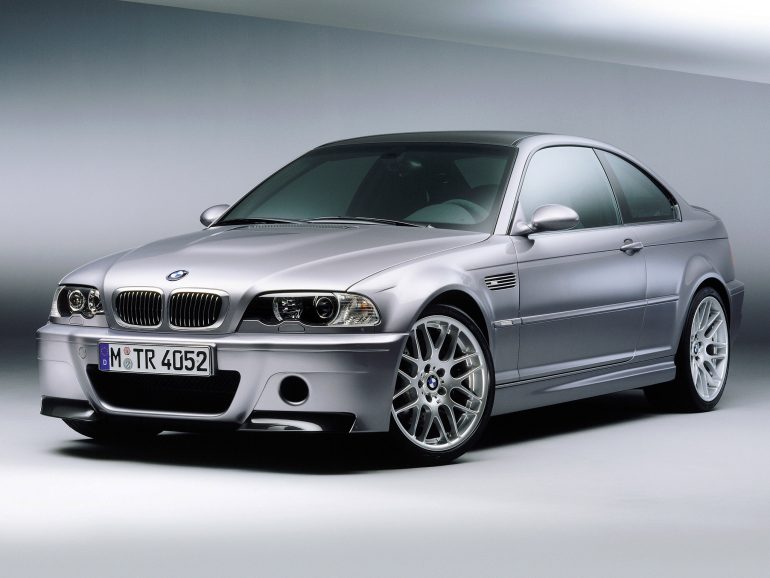
Engine is more vocal than a standard M3. High-revving scream and intake roar are intoxicating.
Why Is This The Best BMW M Car?
The BMW M3 CSL (E46) is a special, limited edition version of the M3, produced in 2003 and 2004. CSL stands for "Coupé Sport Leichtbau" (Coupé Sport Lightweight), a moniker that harks back to BMW's iconic 3.0 CSL race car from the 1970s. The E46 M3 CSL is revered by enthusiasts for its focused approach to performance, embodying a perfect blend of power, precision, and lightweight design.
The M3 CSL features a tuned version of the S54 3.2-liter inline-six engine, which in this iteration produces 360 hp, up from the standard M3's 333 hp. This was achieved through modifications like a more aggressive camshaft profile, a carbon fiber intake manifold, and a retuned ECU. True to its "Lightweight" designation, the CSL underwent significant weight-saving measures. BMW used carbon fiber reinforced plastic (CFRP) for parts of the body, including the roof, front bumper, rear diffuser, and interior trim. The rear window was made of thinner glass, and the sound insulation was reduced, contributing to a weight saving of around 110 kg (243 lbs) compared to the standard M3.
Reviewers often concluded that the M3 CSL represented the pinnacle of BMW's engineering prowess, offering an undiluted and exhilarating driving experience that was rare even among other high-performance sports cars. Many reviews reflected on how the CSL set a high standard for future performance-oriented models, with its balanced approach to power, handling, and weight reduction serving as a benchmark in the automotive industry.
Autocar: "The CSL feels laser-focused compared to a standard M3. It sheds weight, gains power, and the result is pure driving exhilaration."
Top Gear: "This might just be the best driver's car BMW has ever built."
2. BMW M3 (E30)
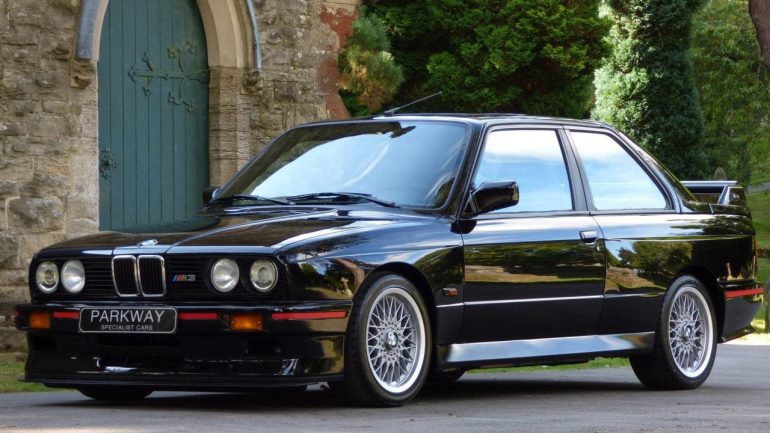
Offered raw, unfiltered driving experience. Amazing feedback through steering and chassis.
Why Is This The Best BMW M Car?
In the early ’80s, BMW CEO Eberhard von Kuenheim had a brilliant idea. He told his engineering team that it was about high time they put a sporty engine in the 3 Series chassis. The engineering team immediately set to work on figuring out the perfect engine. Starting with an M10 block, it then modified a set of M88 heads from the BMW M1. After some more tinkering and tweaking, it had the finished product — the S14B23.
This 2.3-liter, four-cylinder engine is a remarkable engine, even today. Early versions of the engine had 192hp, but by 1989 it was up to 212 ponies. This was good for a sprint to 60 in just 6.9 seconds and a top speed of 146mph.
The engine wasn’t the only difference between the standard 3 Series and the M3 though. To further help the performance, the car also lost some weight. At just 2,600lb, it tipped the scales at around 200lb less than the 325i. There was more too. Performance brake calipers and beefier suspension components from the 5 Series also found a way onto the M3. Finally, topping it all off was a Getrag 5-speed transmission, which is notable for having a dogleg first gear in Europe.
As the E30 progressed through its lifespan, other changes came to the car. In 1988 the Evolution model came out. With 217hp and slightly lighter body components, it was a sportier take on an already sporty car.
Two years later, the ultimate version came along. This is, of course, the Sport Evolution that we now have in GT Sport. Using a 2.5-liter version of the S14 engine, it turned out 238hp. While not a huge bump in power, it still hit 60 in just over six seconds and raised the top speed to 155mph. Along with the increase in power, it also got fully adjustable aero, brake cooling ducts, and bespoke wheels. As close as you could get to touring car for the road.
3. BMW M1
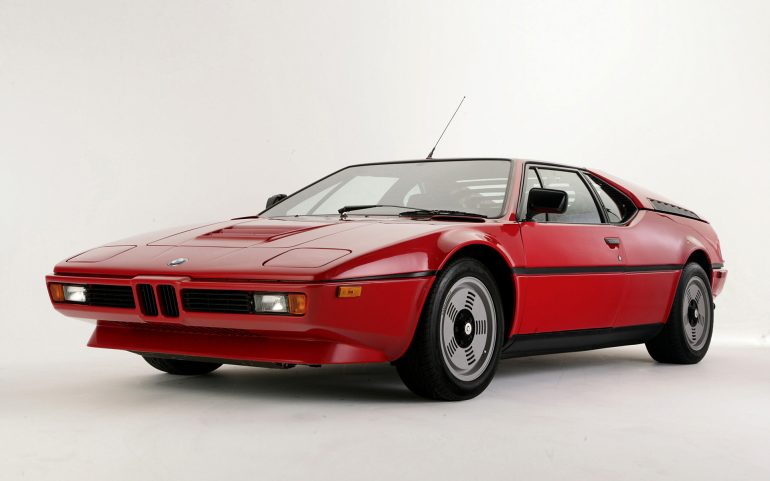
The car every kid of the '80s had on their wall. Embodies the pure, unfiltered joy of supercars.
Why Is This The Best BMW M Car?
Developed in the late 1970s, the BMW M1 was born out of a collaboration between BMW and Lamborghini, although BMW eventually took over the entire project. The goal was clear: to create a powerful sports car that could compete on both the road and the race track. The result was a vehicle that not only pushed the boundaries of automotive engineering but also became a legend in its own right.
The design of the BMW M1, penned by the renowned automotive designer Giorgetto Giugiaro, is a testament to the style and technological ambition of its era. Its wedge-shaped profile, gullwing doors, and the harmonious integration of its bumpers into the bodywork reflect a perfect blend of form and function, making it an instant classic. The M1's design is not just about aesthetics; it's a crucial element of its high-performance character, optimizing aerodynamics while embodying the essence of speed and agility.
At the heart of the M1 lies a 3.5-liter inline-six engine, specifically developed for this model. This powerplant is renowned for its remarkable power output, delivering 273 horsepower, which propelled the M1 from 0 to 60 mph in just 5.6 seconds, an impressive feat for its time. Coupled with a ZF five-speed manual gearbox, the M1 offered a driving experience that was both raw and refined, a testament to BMW's engineering prowess.
The M1 is more than just a car; it's a milestone in BMW's history, marking the inception of the now-legendary BMW M GmbH. It set the stage for a lineage of high-performance vehicles, all bearing the distinctive "M" badge, synonymous with unparalleled performance, innovation, and driving pleasure. The M1's influence is evident in every subsequent M car, embodying the spirit of racing and the pursuit of automotive excellence.
4. BMW 3.0 CSL (E9)
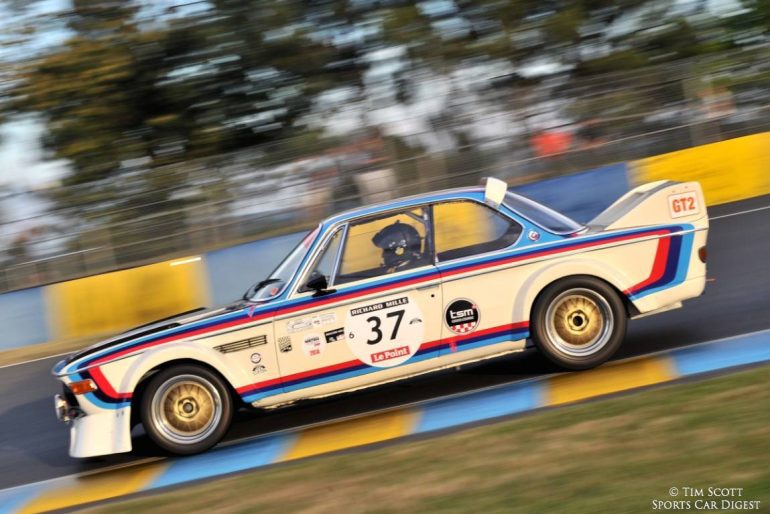 1972 BMW CSL 3.0
1972 BMW CSL 3.0Aggressive, unapologetic, and utterly beautiful – embodied an era of automotive boldness.
Why Is This The Best BMW M Car?
A variation of the 1971 3.0 CS and 3.0 CSi, the 3.0 CSL was specially approved for competition and made its debut in 1972. Destined primarily for the European Touring Cars Championship, it became one of the top competitors as early as 1973, winning not only the European title, but also a class victory at the 24 Hours of Le Mans in the hands of Dieter Quester and Toine Hezemans, 11th overall. It was to be the best result achieved at Le Mans by the 3.0 CSL, which also won at the 24 Hours of Spa-Francorchamps twice (1973 and 1976).
This performance coupé from the 1970s was a touring car superstar and the heroic piece of machinery which put BMW back among the all-time racing greats. The 3.0 CSL is also, by a huge margin, the most handsome touring car of its era and a car that paved the way for the first M cars and BMW’s glory that soon followed.
In 1971, BMW gathered around manpower to establish BMW Motorsport GmBH, a small division of dedicated engineers who ventured into transforming the E9 into a racing car. Soon, the 3.0 CSL was born as a Group 2 homologation special. The abbreviation stood for Coupé Sport Liecht, basically meaning a lightweight sports coupé. The stripped-down car was slender indeed, being 440 lb lighter than the 3.0 CS and weighing around 2,568 lb in total. For customers who didn’t want to give up on luxury, the optional City Package 3.0 CSL was a more comfortable, but also heavier optional variant and most of these cars ended up being right-hand drive.
The production was commissioned to Karmann and spanned from late 1971 to 1975 with a total of 1265 examples built, and none originally intended for the North American market.
5. BMW M5 (E28)
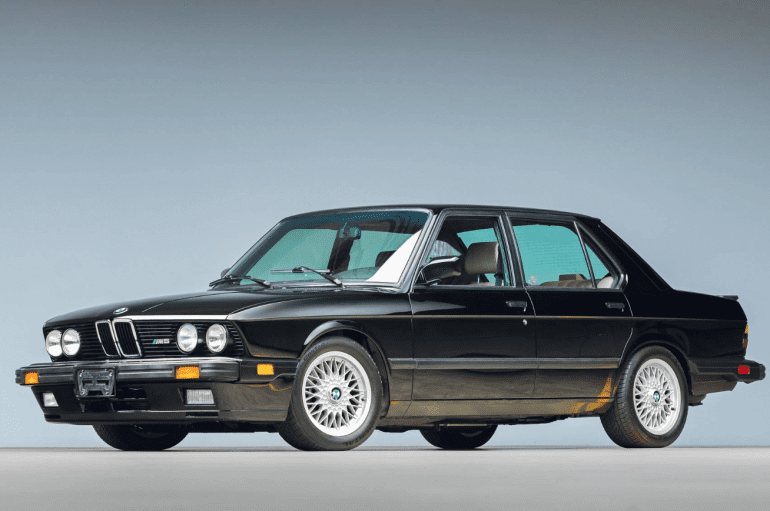
Balanced chassis and RWD layout provided an engaging driving experience. Perfect every day.
Why Is This The Best BMW M Car?
When BMW unveiled the first M5 in 1984, it didn't just launch a new car; it introduced a legend. This inaugural M5, based on the E28 5 Series, became the archetype for the high-performance sports sedan, blending the luxury of a premium executive car with the prowess of a high-powered sports car. This blog post celebrates the iconic BMW M5 (1984-1988), exploring its development, performance, and lasting impact on the automotive world.
The BMW M5 originated from a simple yet revolutionary idea: place a powerful sports car engine into a discreet sedan body. The concept was realized by BMW's Motorsport division, now known as BMW M GmbH. They took the 3.5-liter inline-six engine from the BMW M1, the company's mid-engined sports car, and placed it into the E28 5 Series, creating a sleeper sedan that could outperform many sports cars of the era.
The heart of the first M5 was the M88/3 engine, a close relative of the M88 engine used in the BMW M1, producing 286 horsepower. This engine was renowned for its high-revving nature, delivering a linear power band and a distinctive, exhilarating exhaust note. Coupled with a five-speed manual transmission, it propelled the M5 from 0 to 60 mph in just over 6 seconds, an impressive feat for a sedan of its time.
Externally, the M5 maintained a level of understatement, adhering to the sleeper ethos that characterized many of BMW's M cars. The M5 was more than just a fast car; it was a complete package. It offered a sport-tuned suspension, larger brakes, and a limited-slip differential, transforming the 5 Series into a car that could handle high speeds with remarkable agility and stability.
6. BMW 1M Coupe
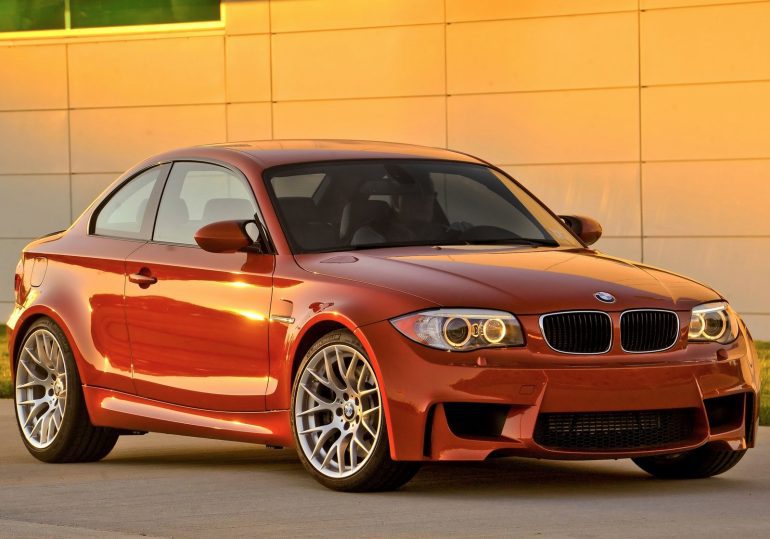
Compact size, powerful engine, and rear-wheel-drive dynamics. Modern version of the E30 M3.
Why Is This The Best BMW M Car?
The BMW 1M Coupe, officially known as the BMW 1 Series M Coupe but commonly referred to simply as the "1M," is a high-performance version of the BMW 1 Series Coupe, developed by BMW's M division. Introduced in 2011, the 1M Coupe quickly became a modern classic, praised for its raw performance, aggressive styling, and exceptional driving dynamics. It was produced for a relatively short period, making it one of the more exclusive and sought-after models in BMW's recent history.
The 1M Coupe is powered by a twin-turbocharged 3.0-liter inline-six engine (N54), which produces 335 horsepower and 332 lb-ft of torque. An overboost function temporarily increases torque to 369 lb-ft, enhancing its spirited driving capabilities. The car can sprint from 0-60 mph in just 4.5 seconds, with an electronically limited top speed of 155 mph. Its performance is not just about straight-line speed but also about how engaging and responsive it feels to drive.
The 1M Coupe features a sport-tuned suspension, borrowed and adapted from the E92 M3, including aluminum suspension components, a wider track, and a limited-slip differential, which contribute to its remarkable handling and cornering abilities. It is equipped with high-performance brakes, also derived from the E92 M3, ensuring strong and consistent stopping power, essential for a car with the 1M's performance capabilities.
BMW produced the 1M Coupe in limited quantities, with just over 6,300 units made. It achieved cult status, revered for being a raw, exhilarating sports car that encapsulates the essence of what many believe BMW M models should be.
7. BMW M3 GTS (E92)
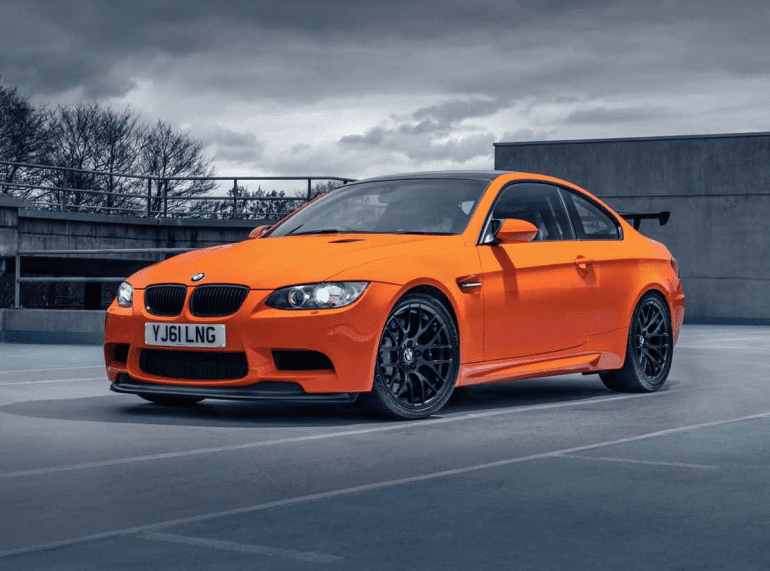
Designed to be driven hard, and it delivered on that promise. A car for enthusiasts.
Why Is This The Best BMW M Car?
The BMW E92 M3 GTS was a limited-edition, track-focused version of the E92 M3. It was only produced in 150 units, making it one of the rarest M cars ever made.
First off, the BMW E92 M3 GTS was powered by a 4.4-liter V8 naturally-aspirated engine that produced 450 horsepower, 30 more than the standard M3. It also had a number of weight-saving measures, including a carbon fiber roof, lightweight wheels, and a stripped-down interior.
Inside, it boasts the most impressive aesthetic among all distinctive M cars. Equipped with authentic Recaro racing bucket seats complemented by six-point racing harnesses, although standard seatbelts were also available for on-road driving. The straightforward gauge cluster, adorned with exquisite clockfaces, represents the pinnacle of BMW’s gauge design.
The E92 M3 GTS was designed for the track, and it showed. It had a stiffer suspension, a wider track, and bigger brakes than the standard M3. It also had a number of aerodynamic features, such as a front splitter and rear wing, that helped to reduce lift. The BMW E92 M3 GTS was a car that was built for speed. It was capable of accelerating from 0 to 60 mph in 4.2 seconds and had a top speed of 180 mph. But it was also a car that was built for handling. It had a precise steering feel and a well-balanced chassis that made it a joy to drive on a twisty road.
The 150 units of the race-oriented M3 GTS went to private owners, racing companies and tuners, and successfully ran in some European racing series. In the end, the BMW E92 M3 GTS was a car that was built for driving enthusiasts. It was a car that was designed to be driven hard, and it delivered on that promise. It was a car that was loved by its owners, and it is a car that will be remembered for years to come.
8. BMW Z3 M Coupe
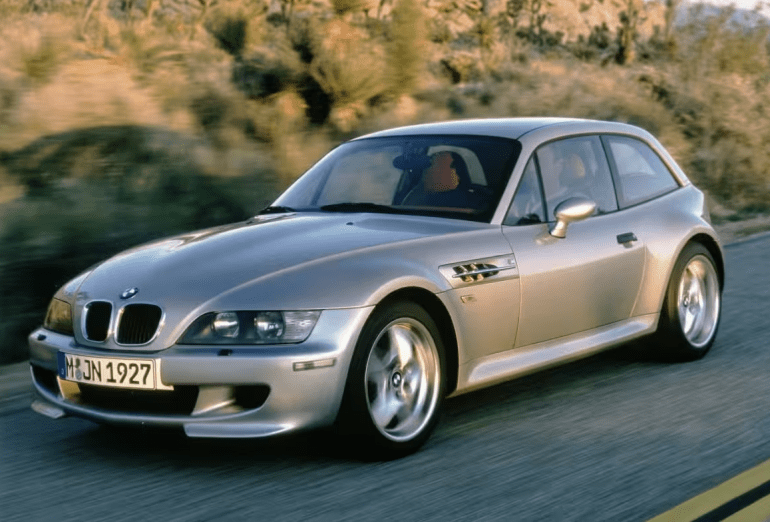
The Z3 M Coupe is a riot on wheels. Quirky, fast, and guaranteed to put a smile on your face.
Why Is This The Best BMW M Car?
The BMW Z3 M Coupe, affectionately known as the "Clown Shoe" due to its distinctive shooting brake design, is a high-performance variant of the BMW Z3 coupe. Produced between 1998 and 2002, this car has developed a cult following for its unique styling, exceptional driving dynamics, and rarity. It’s considered one of the most interesting and polarizing M cars ever made by BMW.
The Z3 M Coupe's design is unconventional and was divisive at its launch. Its long hood, short rear deck, and uniquely extended roofline create a distinctive profile that's unmistakable and has aged into a sought-after classic look. Despite its sports car credentials, the M Coupe offered a surprisingly practical hatchback design, providing more cargo space than its roadster counterpart and a rigid body structure that enhanced its driving dynamics.
The Z3 M Coupe came with two different inline-six engines during its production run, depending on the market and the production year. Initially, it was equipped with the 3.2-liter S50B32 engine in Europe, producing 321 hp, and the S52B32 in North America, with 240 hp. Later models, post-2001, universally received the more powerful S54B32 engine, delivering 325 hp (321 hp in Europe) and significant performance improvements. All models came exclusively with a 5-speed manual transmission.
With relatively few units produced, the Z3 M Coupe is a rare find, especially models equipped with the S54 engine, which are highly sought after by collectors and enthusiasts. It is often regarded as one of the last "analog" sports cars, providing a direct, unfiltered connection between the driver, the car, and the road.
9. BMW M5 CS (F90)
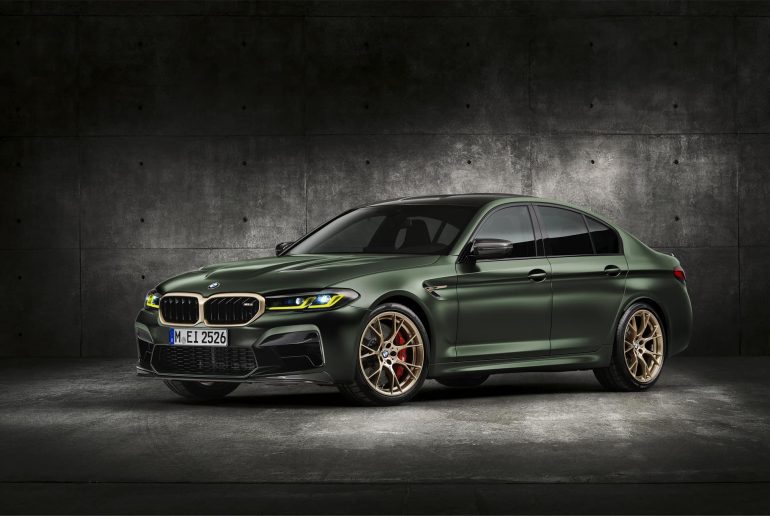
A transformative experience. Turns the M5 from brutally fast luxury car into a track weapon.
Why Is This The Best BMW M Car?
The BMW M5 CS (F90) is a special, limited-edition model of the already high-performance M5, introduced in 2021. Standing for "Competition Sport," the M5 CS elevates the M5's blend of luxury and performance to the highest level ever seen in this iconic model line. It's the quickest and most powerful BMW production car to date, with enhancements in power, weight reduction, and handling that set it apart from the standard M5 and even the M5 Competition.
The M5 CS is powered by a 4.4-liter M TwinPower Turbo V8 engine, tuned to deliver an astonishing 627 horsepower, which is 10 more than the M5 Competition, and 553 lb-ft of torque. This engine enables the car to achieve breathtaking acceleration. It can sprint from 0 to 60 mph in just 2.9 seconds, according to BMW, with a top speed limited to 190 mph when equipped with the proper tires, making it one of the fastest sedans in the world.
The M5 CS features bespoke chassis tuning, with stiffer engine mounts, increased front negative camber, and specific damper calibration to improve its track capability and overall agility. It is equipped with M Carbon ceramic brakes and benefits from weight savings of approximately 230 pounds compared to standard M5.
The BMW M5 CS (F90) stands as the pinnacle of the M5 series, encapsulating the utmost in performance, luxury, and exclusivity that BMW's M division has to offer. It's not just a faster M5; it's a comprehensive enhancement of every aspect that makes an M car special, from its incredible power and refined dynamics to its distinctive styling and track-ready features.
10. BMW M2 Comp (F87)
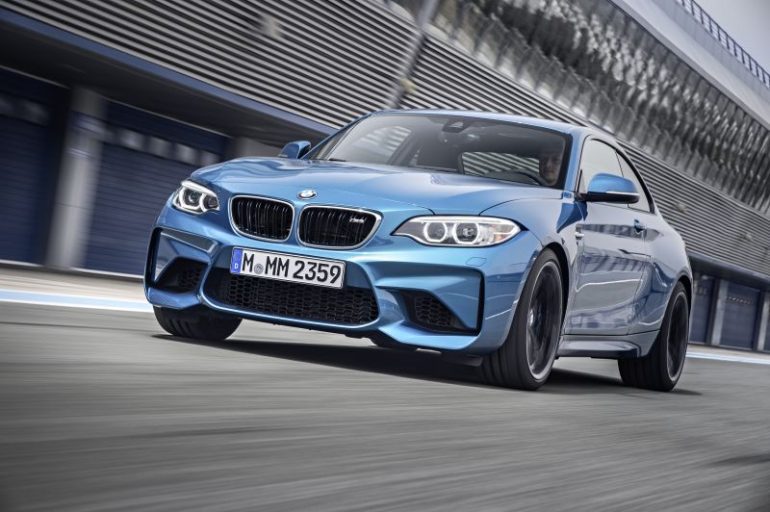
A reminder of what BMW M does best. A hilariously fun sports car.
Why Is This The Best BMW M Car?
The BMW M2 Competition (F87) is a high-performance version of the already acclaimed M2 coupe, introduced in 2018 as an enhancement and replacement for the original M2. It stands as a compact sports car that encapsulates the essence of BMW's M division, offering intensified performance, sharpened handling, and a more aggressive design. The M2 Competition is celebrated for its blend of raw power, agility, and the engaging driving experience it provides, making it a favorite among driving enthusiasts.
At the core of the M2 Competition lies a detuned version of the S55 engine, a 3.0-liter twin-turbocharged inline-six engine borrowed from its bigger siblings, the M3 and M4. This power unit generates 405 horsepower and 406 lb-ft of torque, representing a significant increase over the standard M2's power figures.
The car comes standard with a six-speed manual gearbox, offering a tactile and engaging driving experience. There's also an option for a seven-speed dual-clutch automatic transmission (DCT) that provides rapid gear changes and suits both track driving and daily commuting.
The vehicle features a stiffened chassis with more underbody bracing, adapted from the BMW M4, with this setup contributing to the car's responsive handling. The adaptive M suspension is tuned to offer a balance between daily driving comfort and the responsiveness required on the track and it does a great job of both.
Reviewers raved about the M2 Comp's eagerness to change direction, its engaging rear-wheel-drive chassis, and the sense of joy it delivered. It reminds us for early, smaller M cars like the E30 M3, praising its analog feel and focus on driver involvement.
11. BMW M5 (E60)
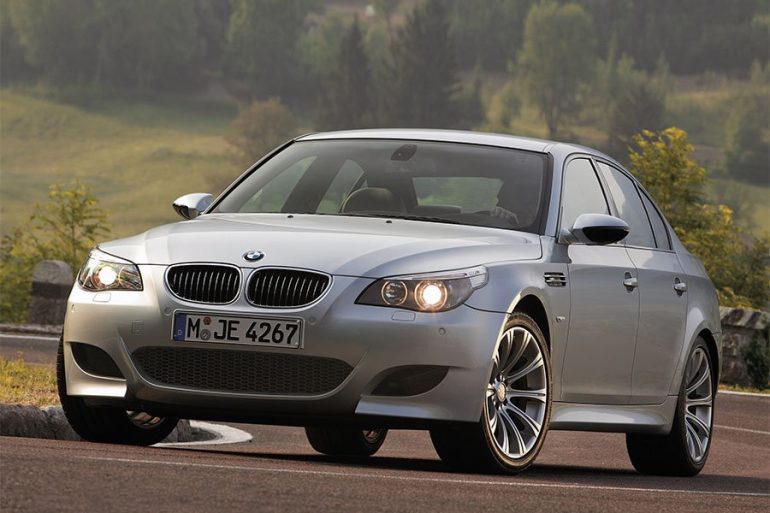
The V10 engine is an absolute gem. A supercar disguised as a sedan. Does have some quirks.
Why Is This The Best BMW M Car?
The BMW M5 (E60) is a high-performance variant of the 5 Series sedan and represents the fifth generation of the M5 lineup, produced from 2005 to 2010. It is renowned for introducing several groundbreaking features to the M5 series and is often celebrated for its unique combination of luxury, technology, and staggering performance. The E60 M5 was a significant departure from its predecessors, primarily due to its engine, transmission, and advanced technological features.
The most notable feature of the E60 M5 is its 5.0-liter V10 engine, which was a first for a production sedan. This powerplant produced 500 horsepower and 384 lb-ft of torque, making the E60 M5 one of the most powerful sedans in the world at the time of its release. The engine was inspired by BMW's Formula 1 involvement, delivering high-revving performance (redlining at 8250 rpm) and a distinctive, race-car-like sound.
The E60 M5 was initially equipped with a 7-speed SMG III (Sequential Manual Gearbox) transmission, which allowed for rapid gear changes via paddles on the steering wheel or the gear lever. While it offered lightning-fast shifts, it received mixed reviews for its smoothness, particularly at low speeds. Due to popular demand, especially in the North American market, BMW later offered a 6-speed manual transmission, which provided a more traditional and engaging driving experience.
The BMW M5 (E60) is often regarded as one of the most ambitious and distinctive M5 models ever produced, mainly due to its Formula 1 inspired V10 engine and its role as a technological tour de force of its time.
11. BMW M4 GTS (F82)

A visceral assault on the senses. Raw, untamed track beast barely civilized for the road.
Why Is This The Best BMW M Car?
The BMW M4 GTS (F82) is a special, track-focused version of the already high-performance M4 coupe, introduced in 2016. This limited-edition model was designed with an emphasis on lightweight construction, enhanced aerodynamics, and increased power, making it one of the most extreme and exclusive variants of the M4 lineup. The M4 GTS is not just a testament to BMW's engineering prowess but also a statement of the brand's commitment to delivering pure, unadulterated driving pleasure and track-worthy performance.
The M4 GTS is powered by a 3.0-liter twin-turbocharged inline-six engine, similar to the standard M4 but with an innovative water injection system that significantly boosts its performance. This system helps to cool the intake air, allowing for higher boost pressure and more aggressive timing. The result is an output of 493 horsepower and 442 lb-ft of torque, substantial increases over the regular M4. The M4 GTS can accelerate from 0-60 mph in just 3.7 seconds, with an increased top speed of 190 mph, thanks to a lifted electronic limiter.
BMW produced the M4 GTS in limited numbers, with only 700 units made worldwide, making it an exclusive and sought-after model among collectors and BMW enthusiasts. The BMW M4 GTS (F82) is celebrated as a pinnacle of BMW's engineering, offering a raw and exhilarating driving experience that few cars can match. Its blend of increased power, reduced weight, and enhanced aerodynamics make it a formidable track weapon, yet it retains the ability to be driven on public roads.


